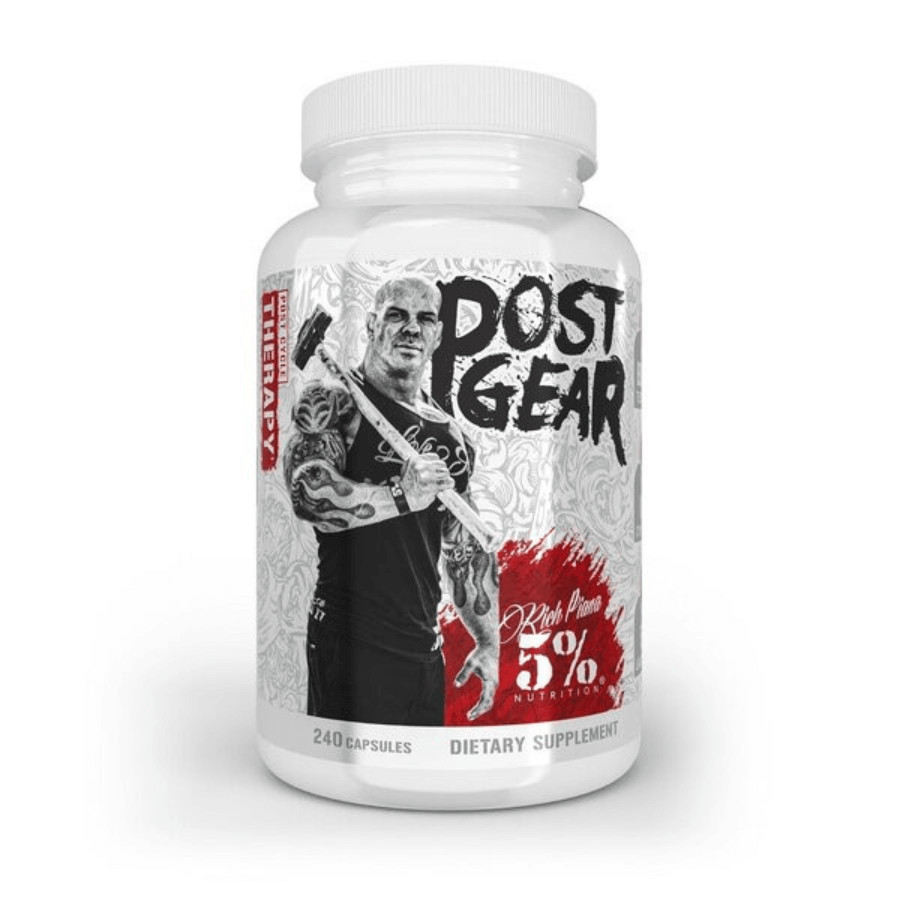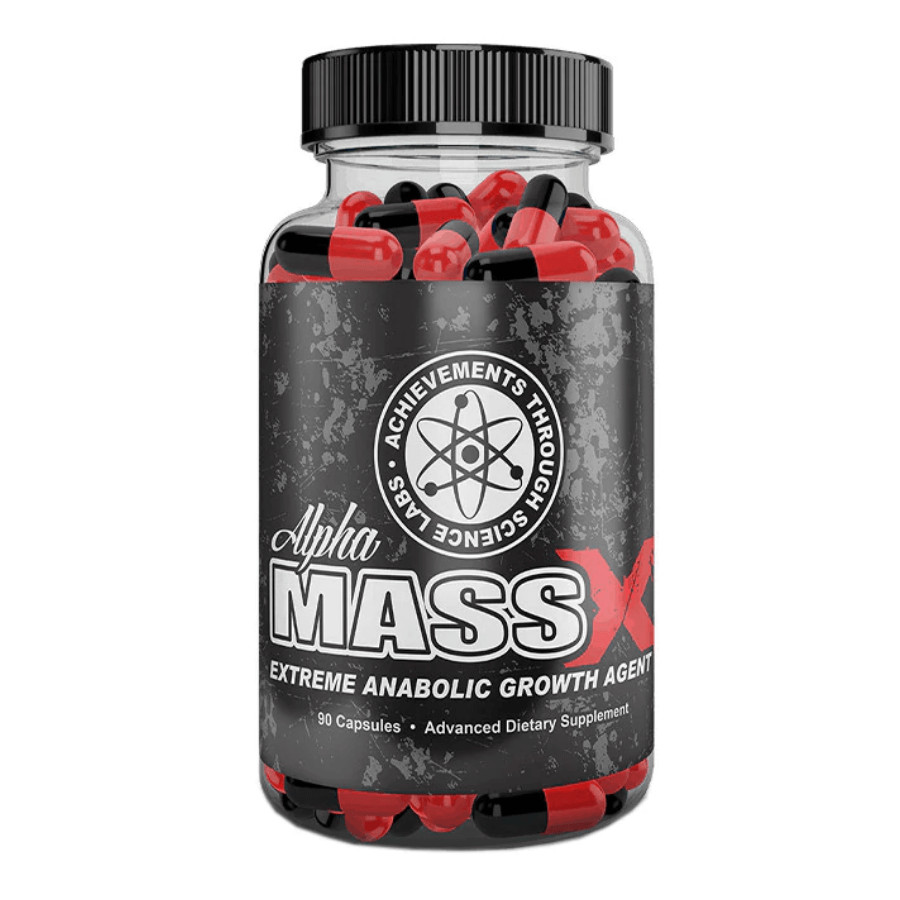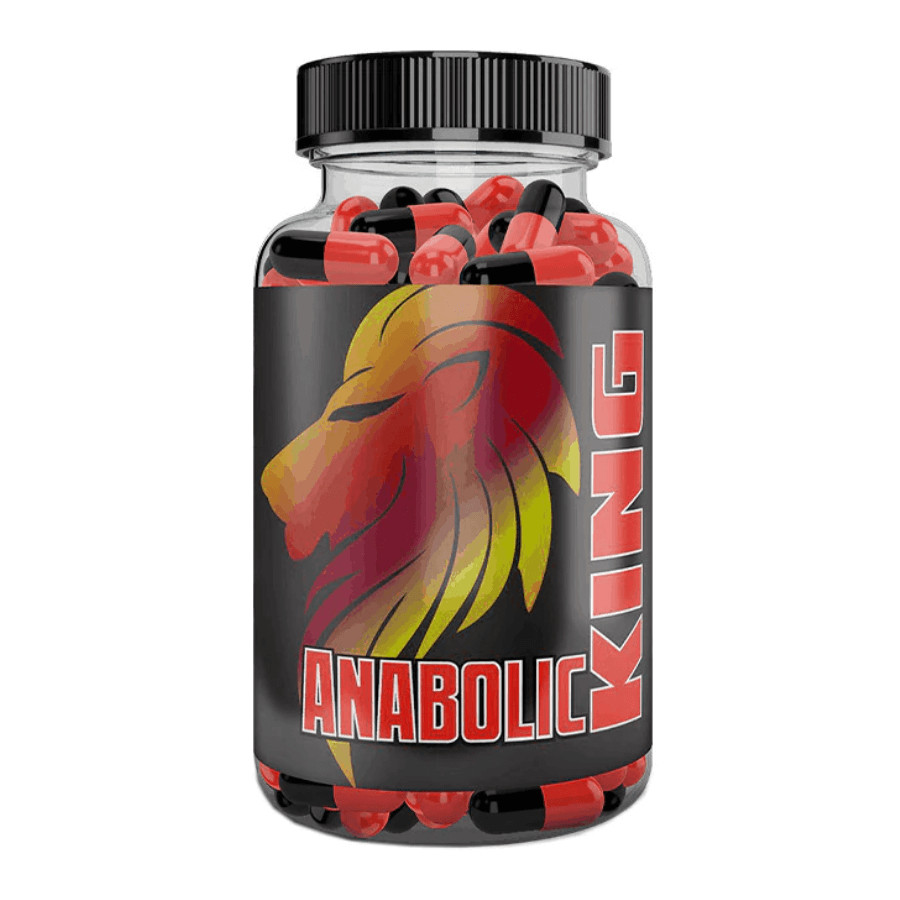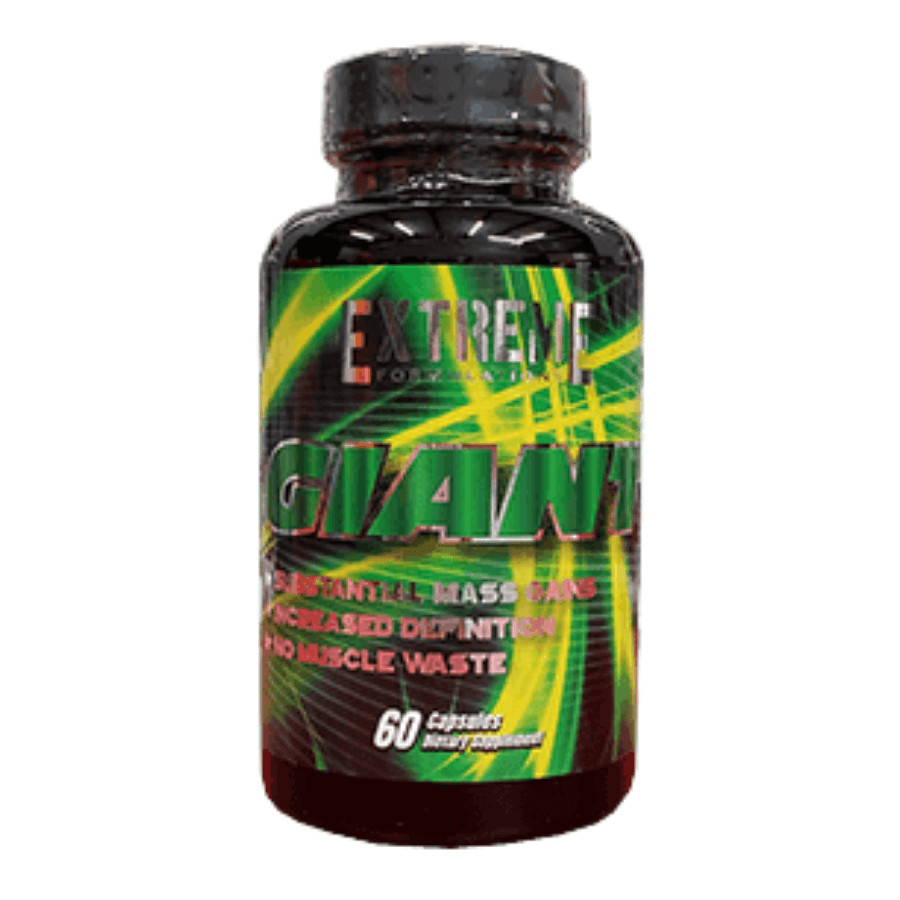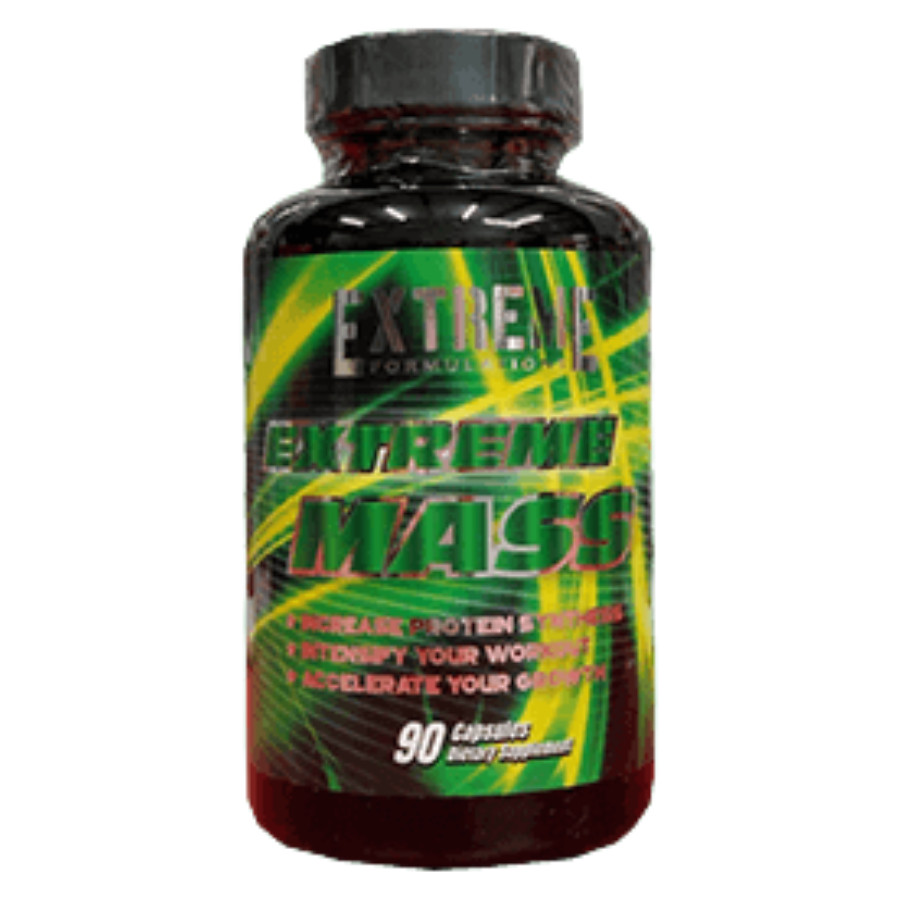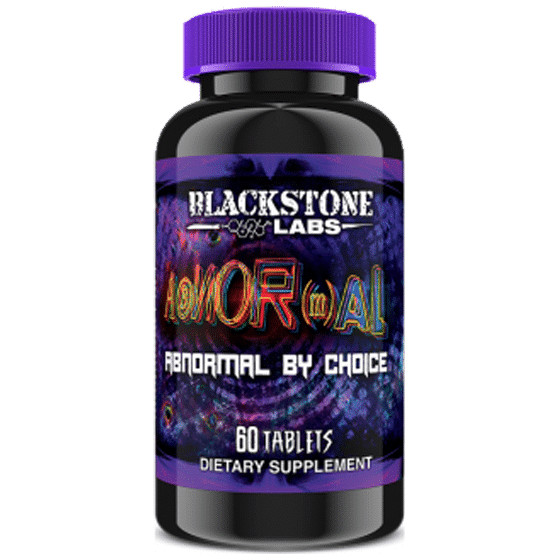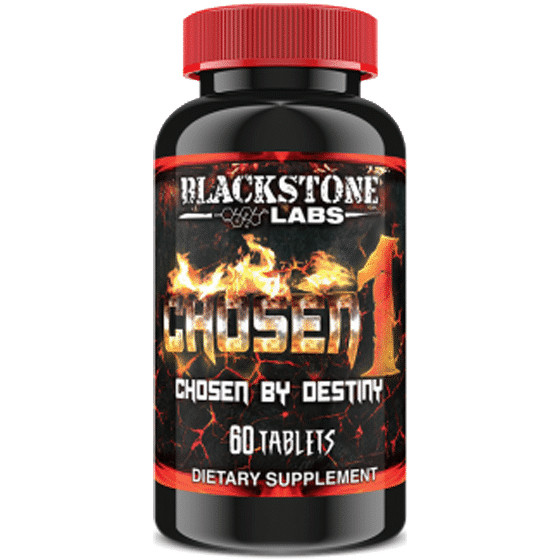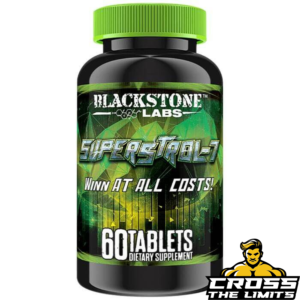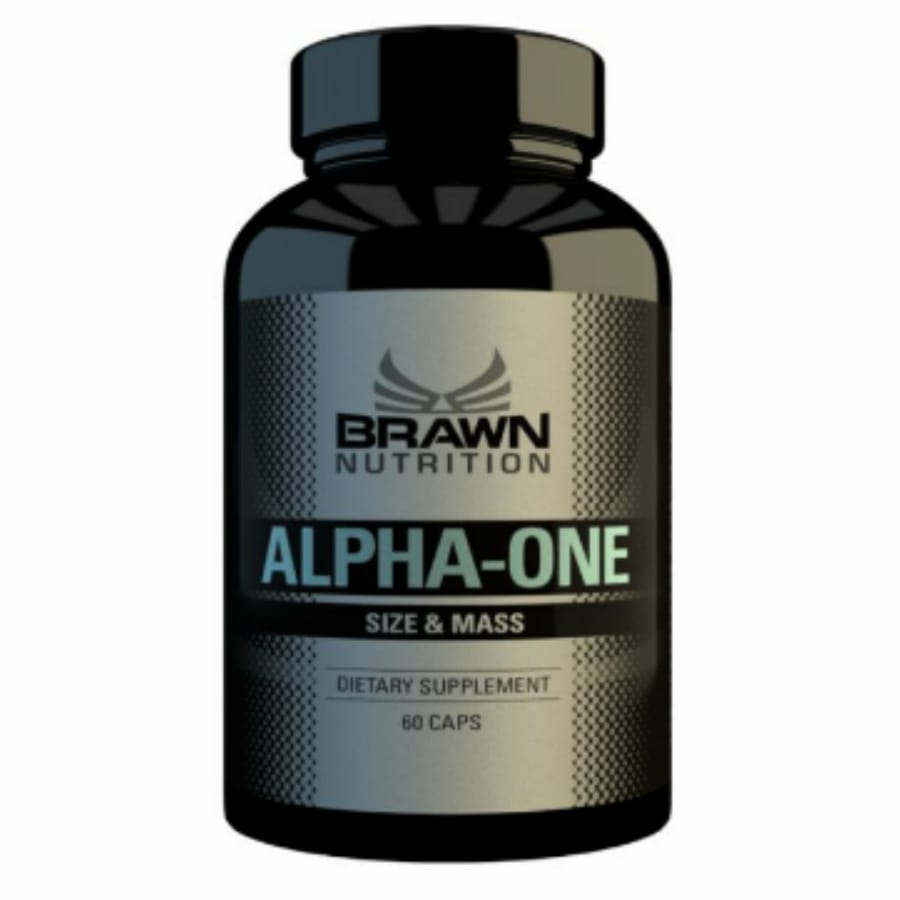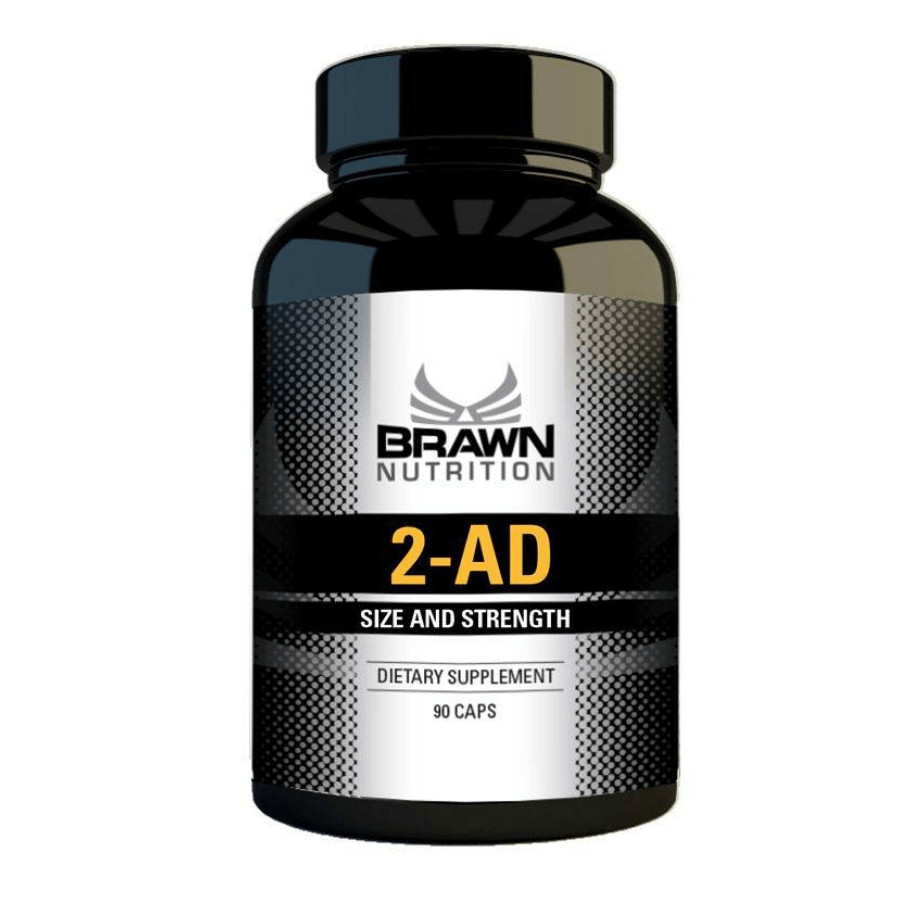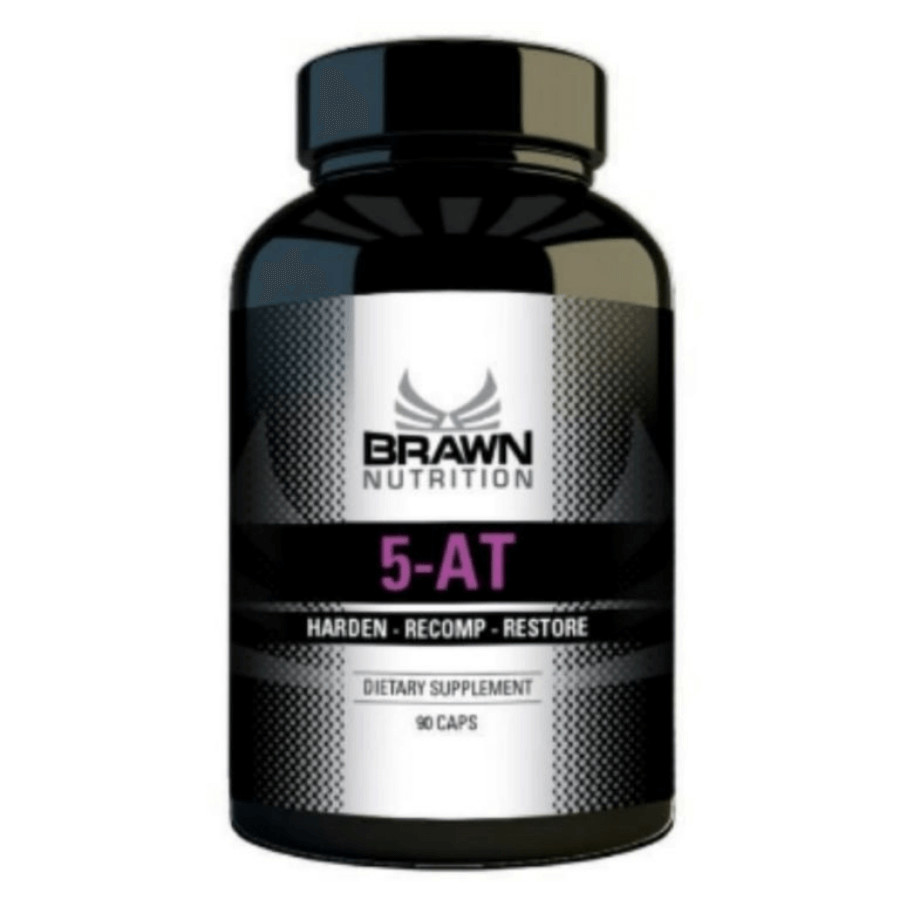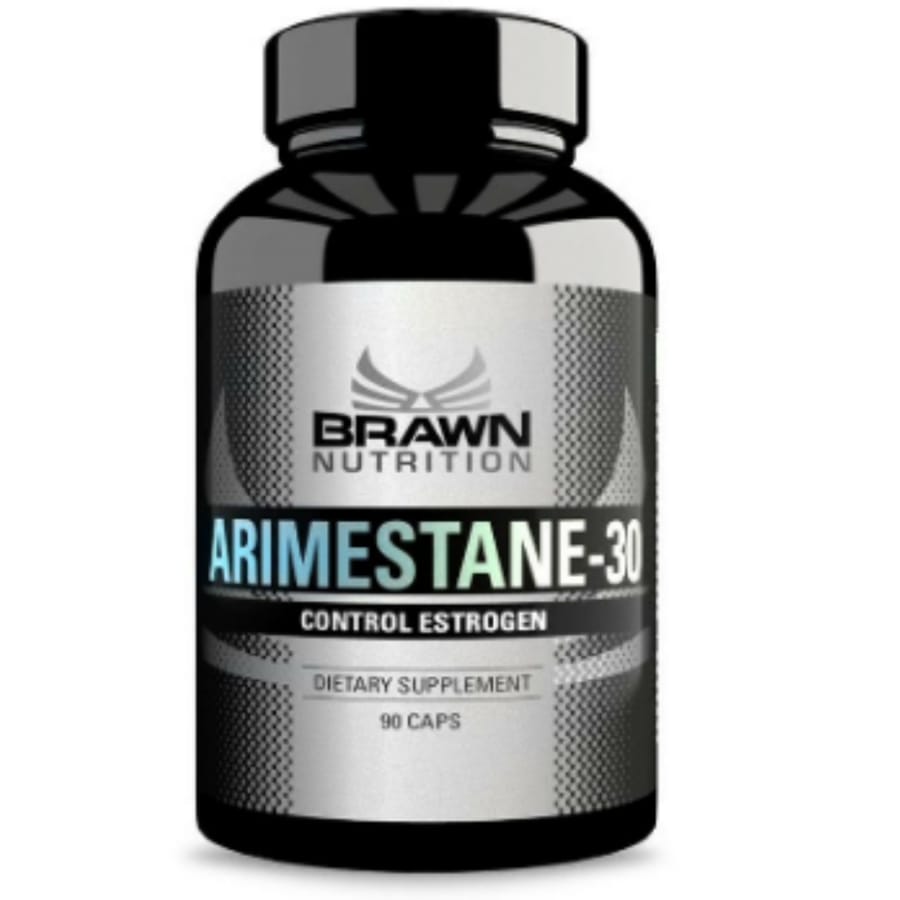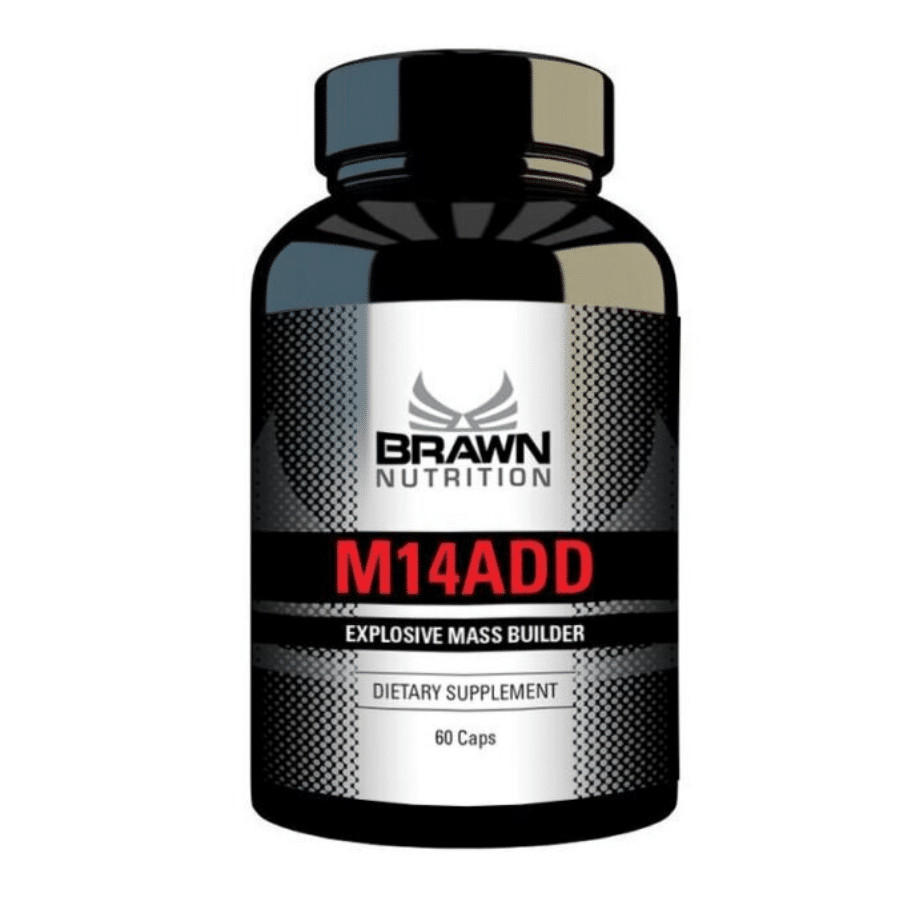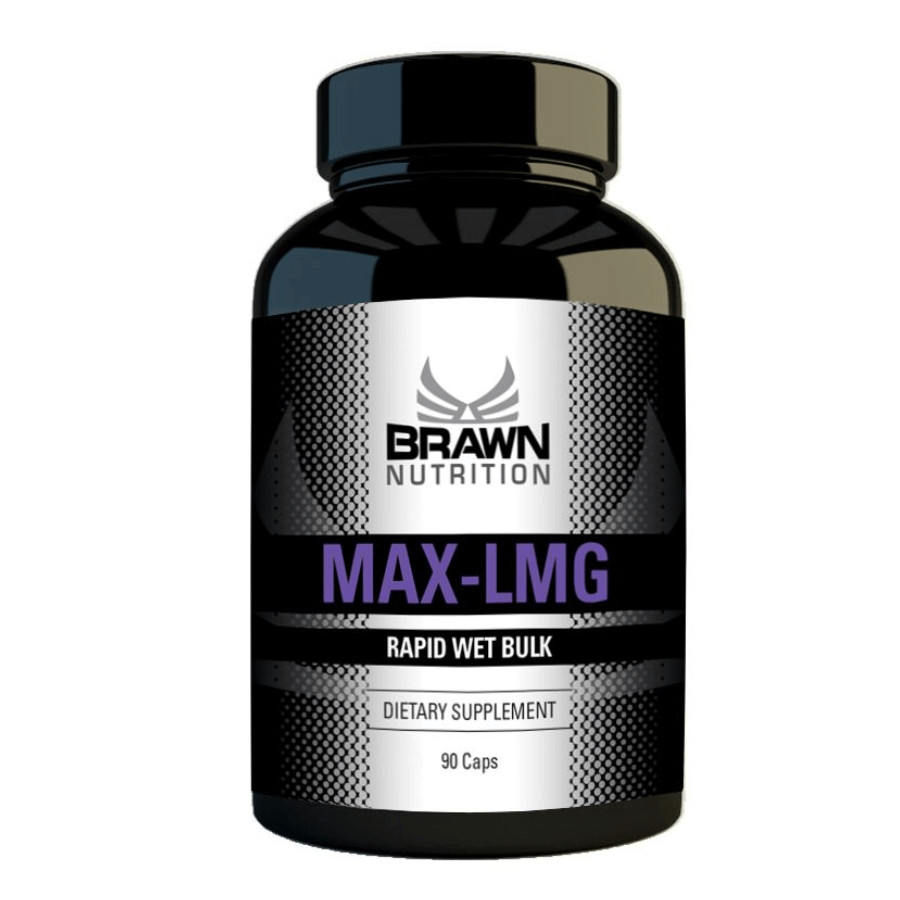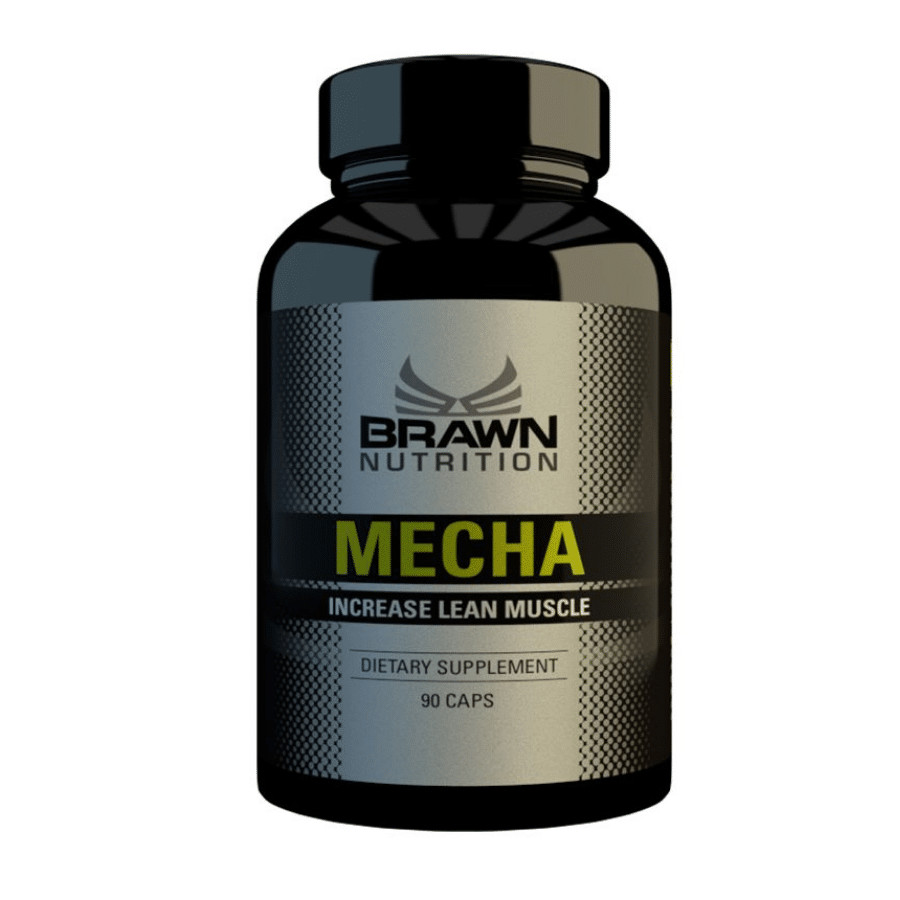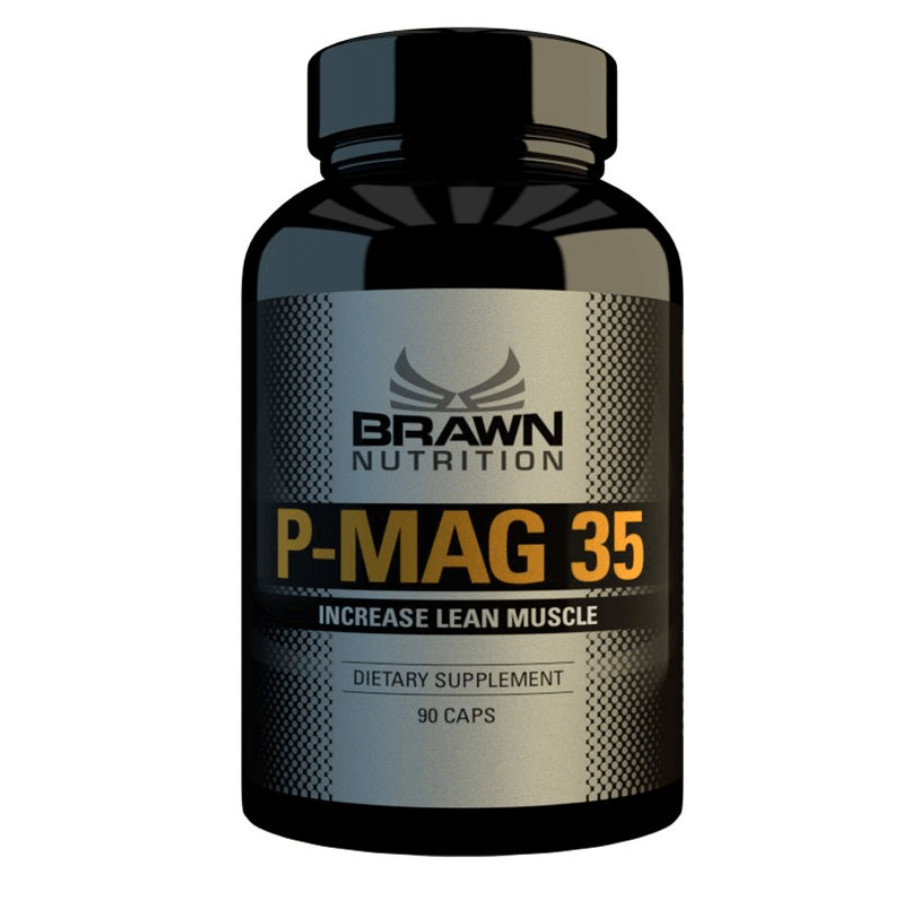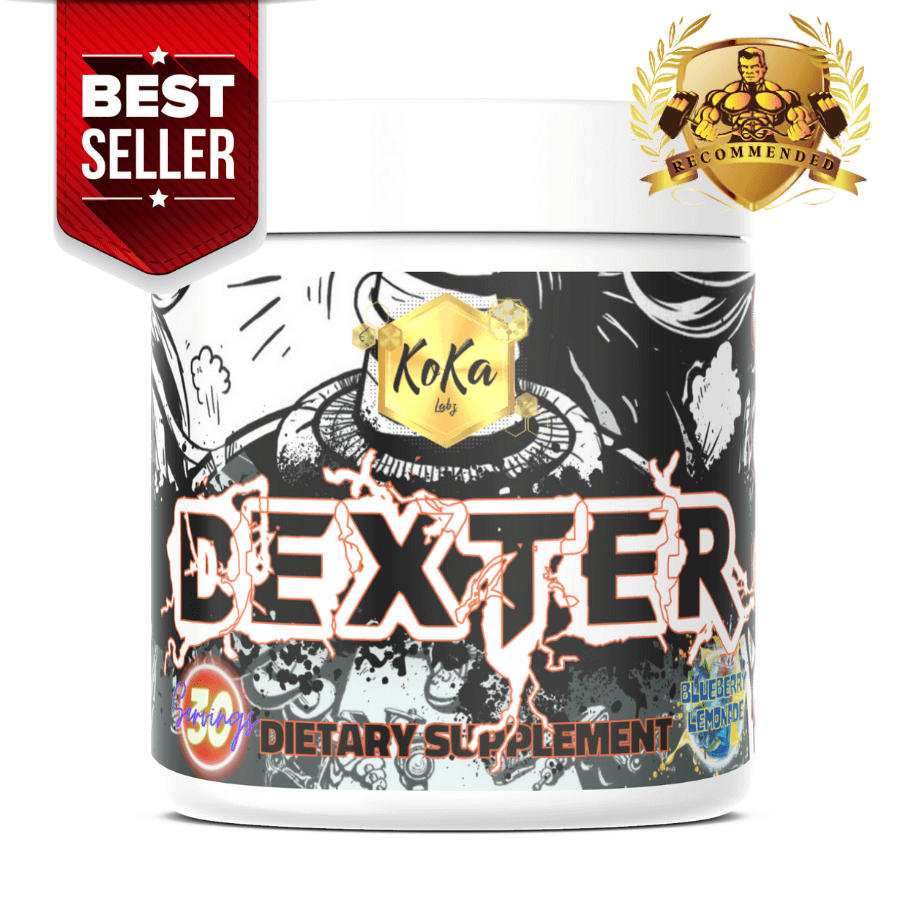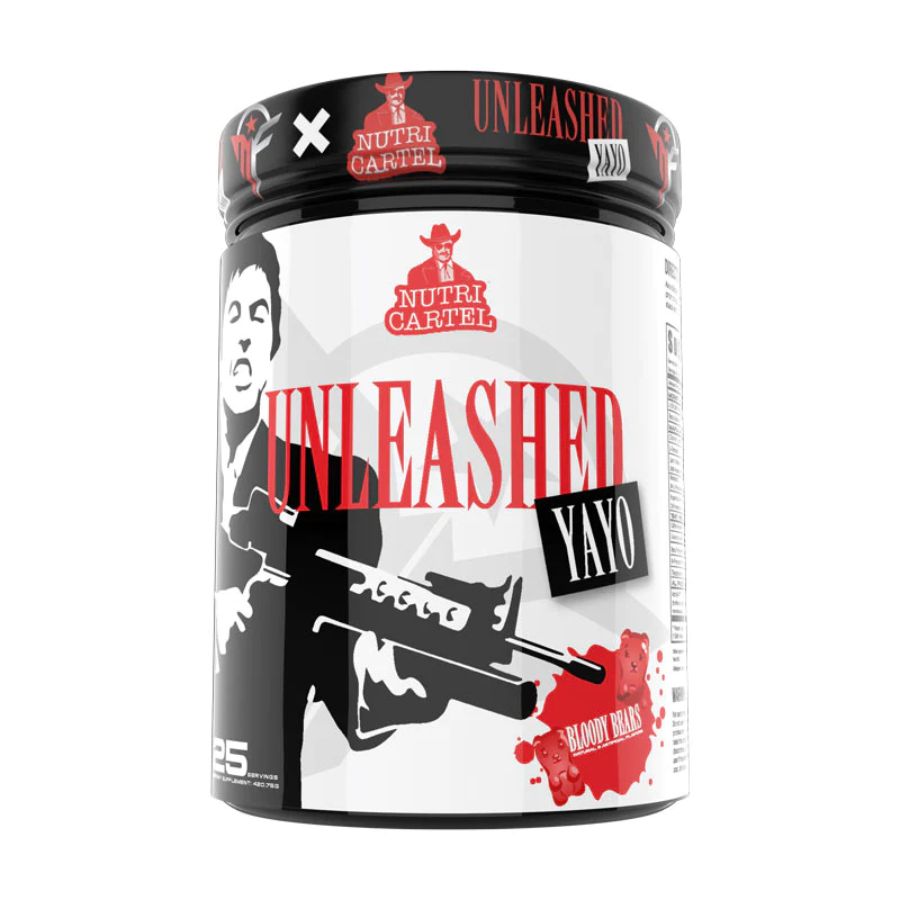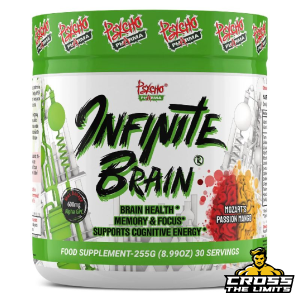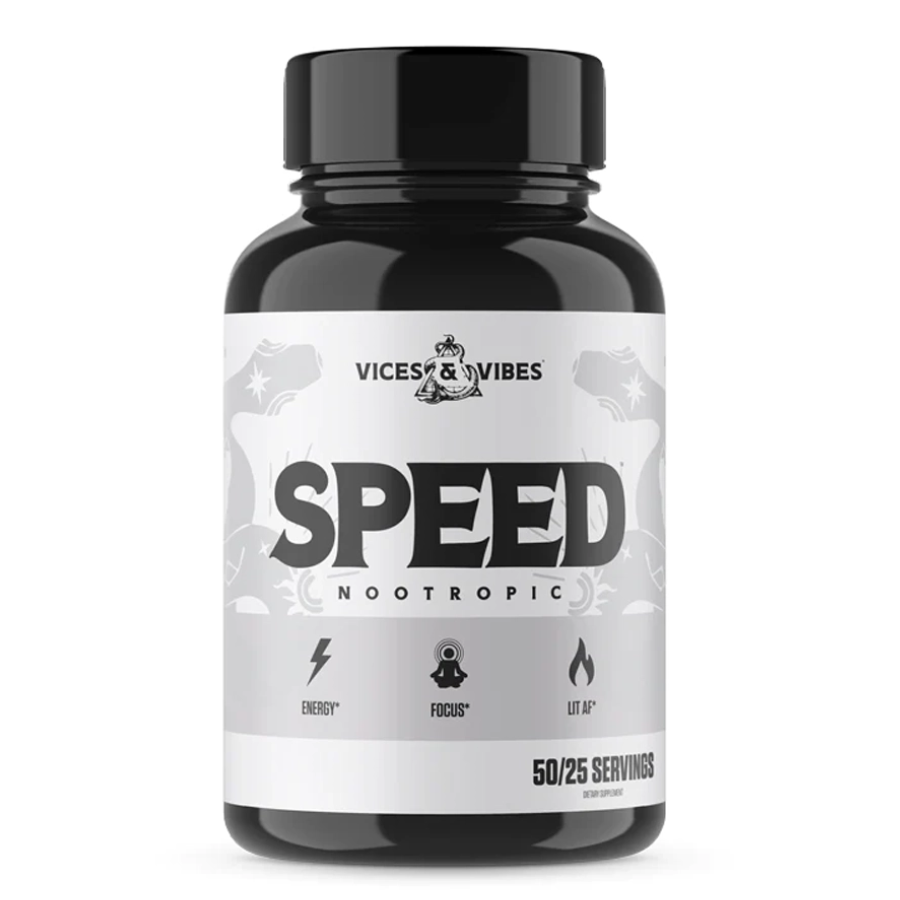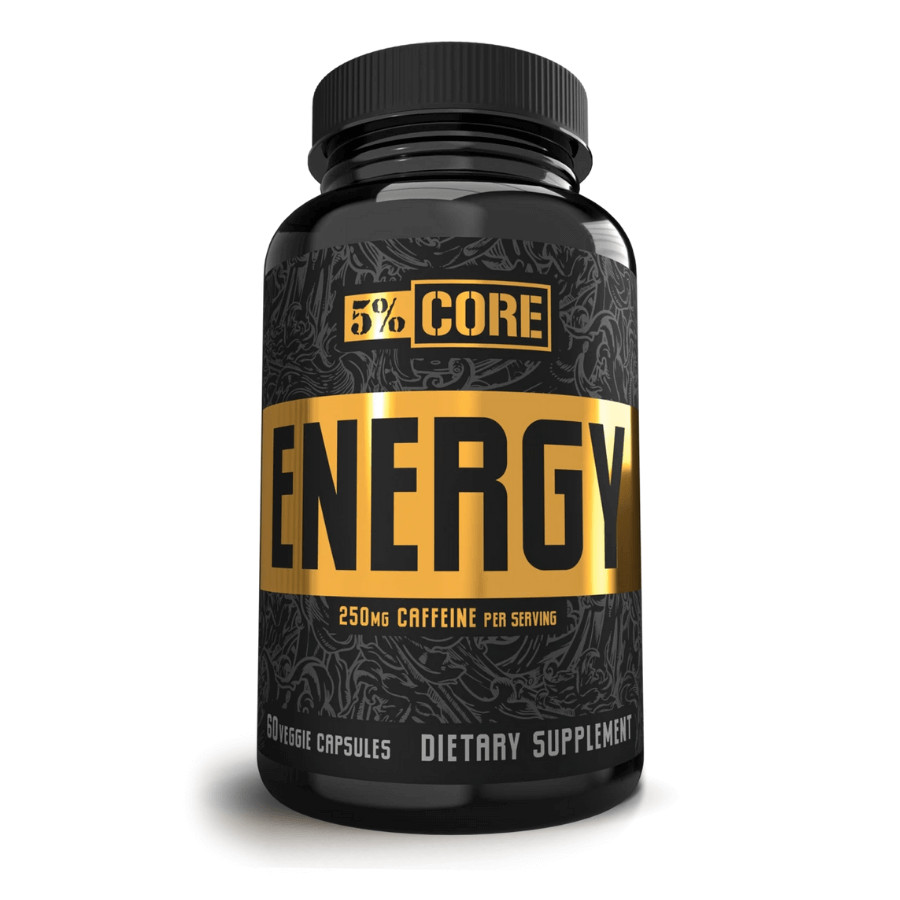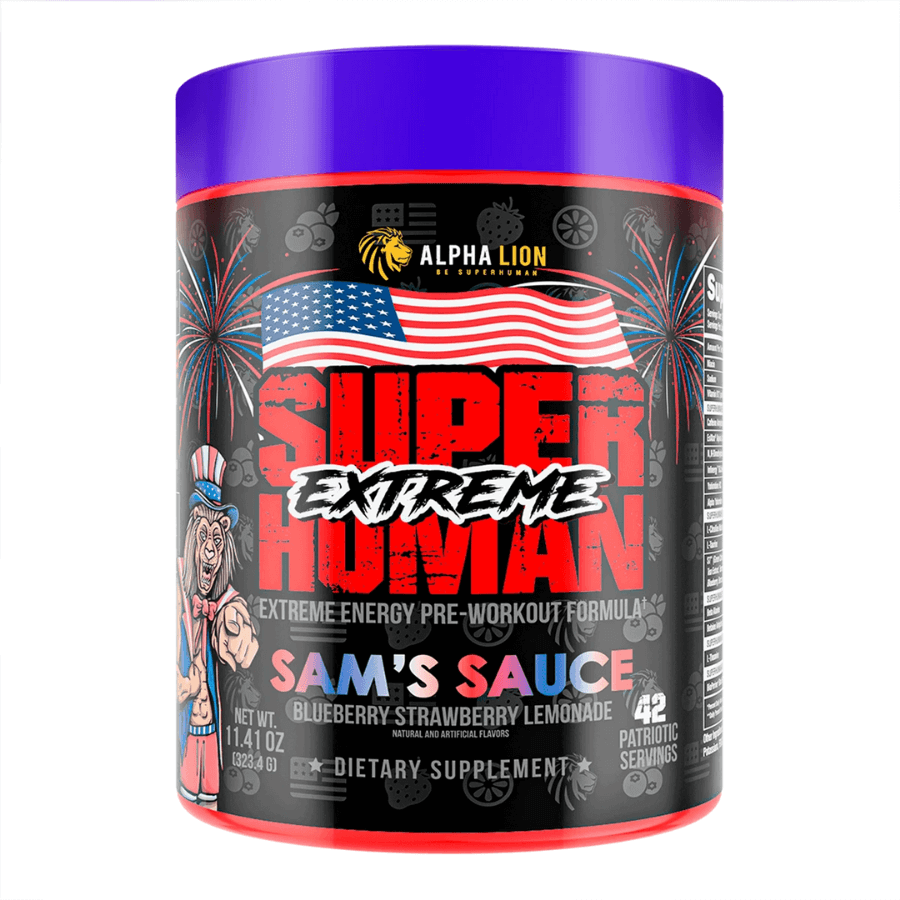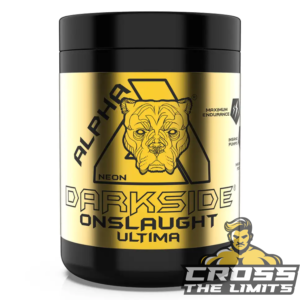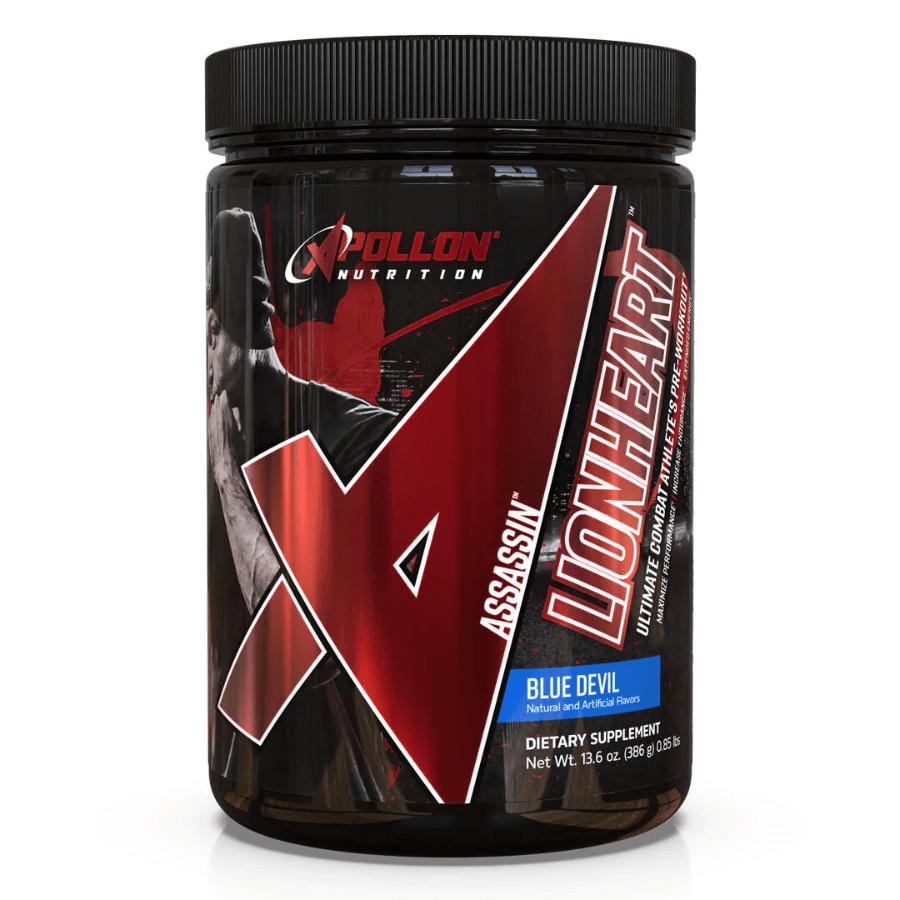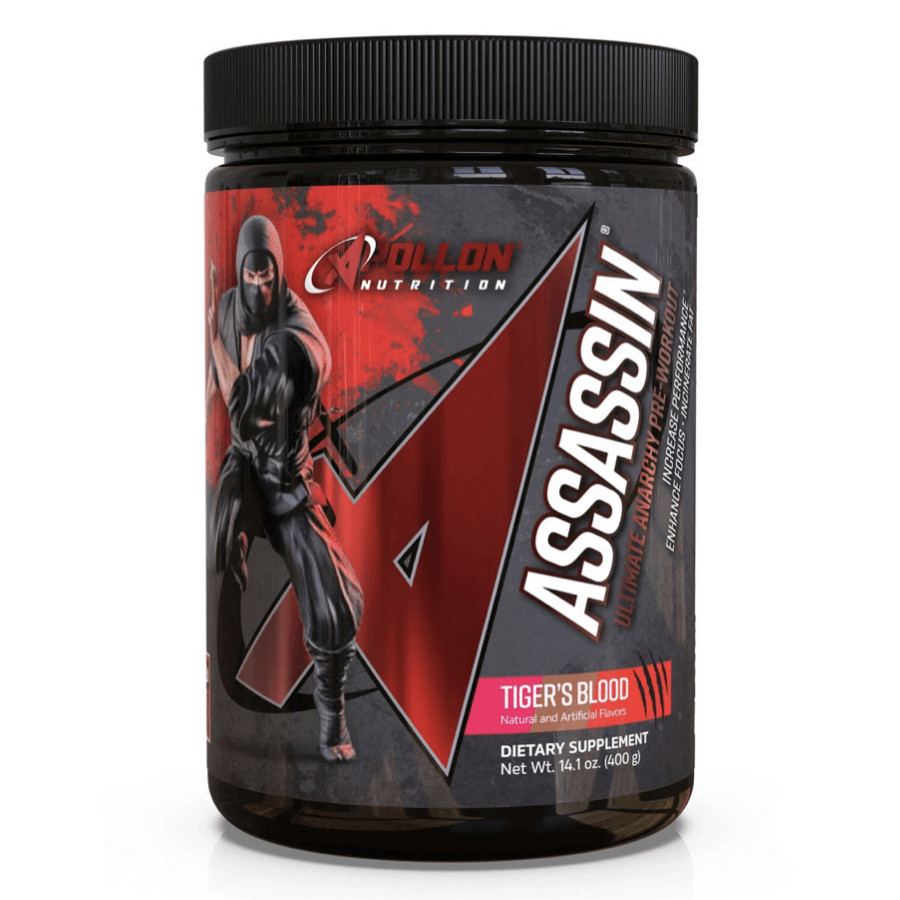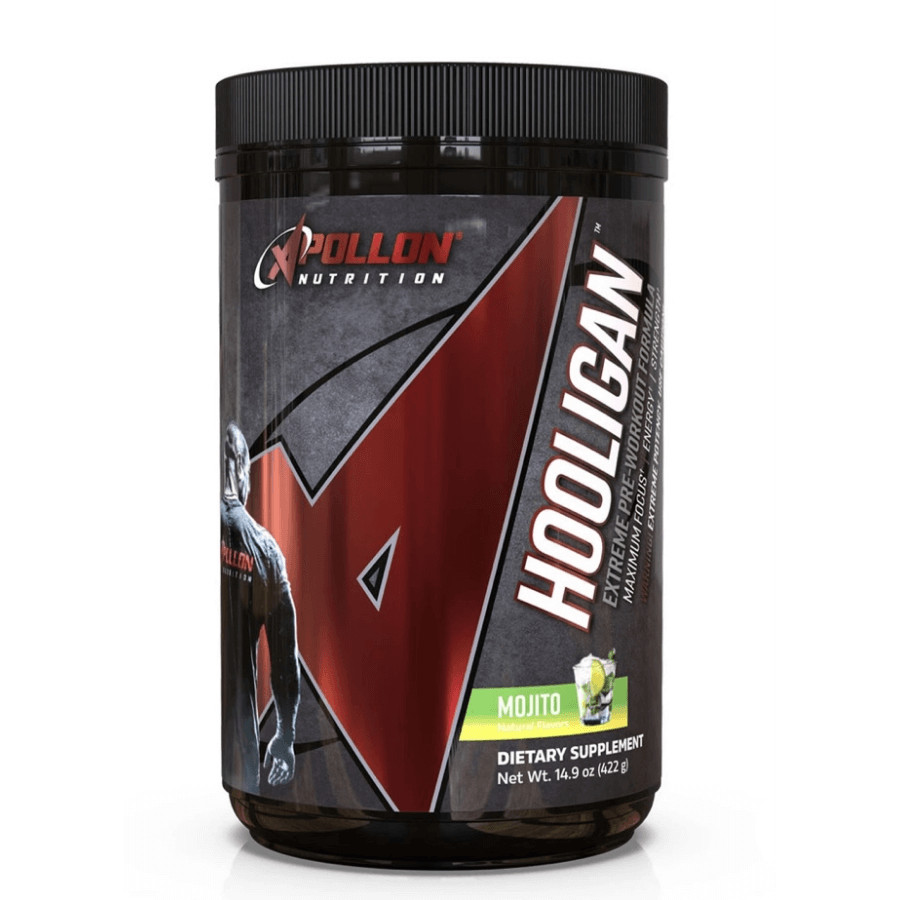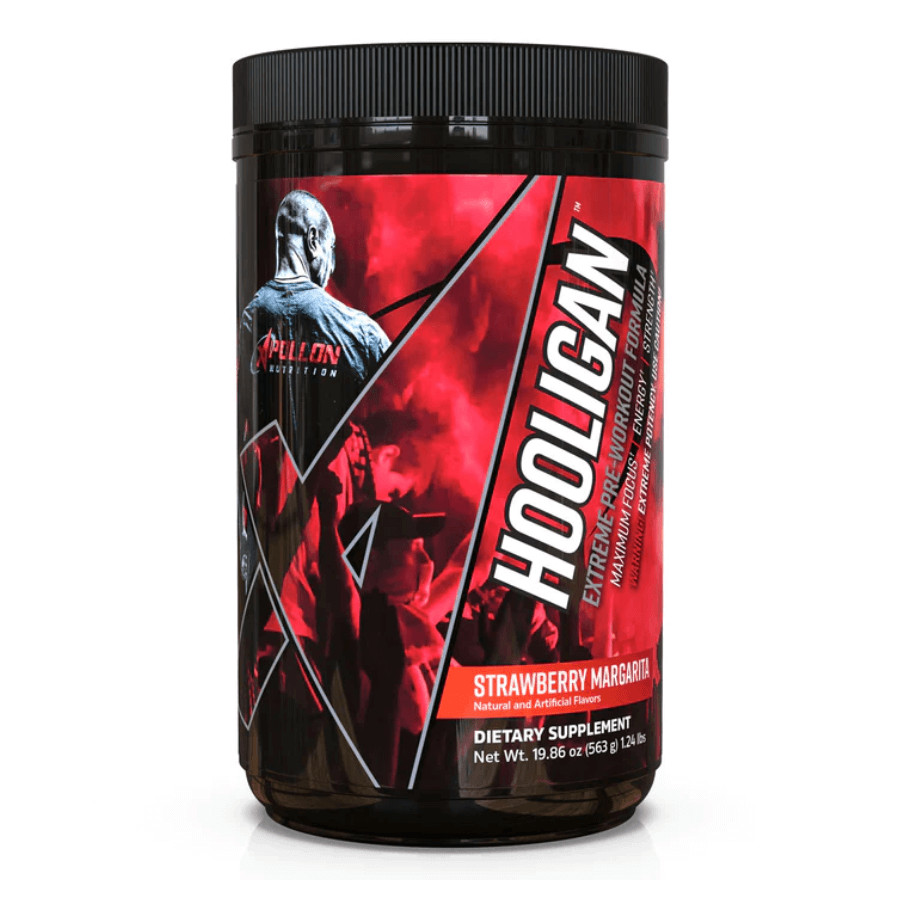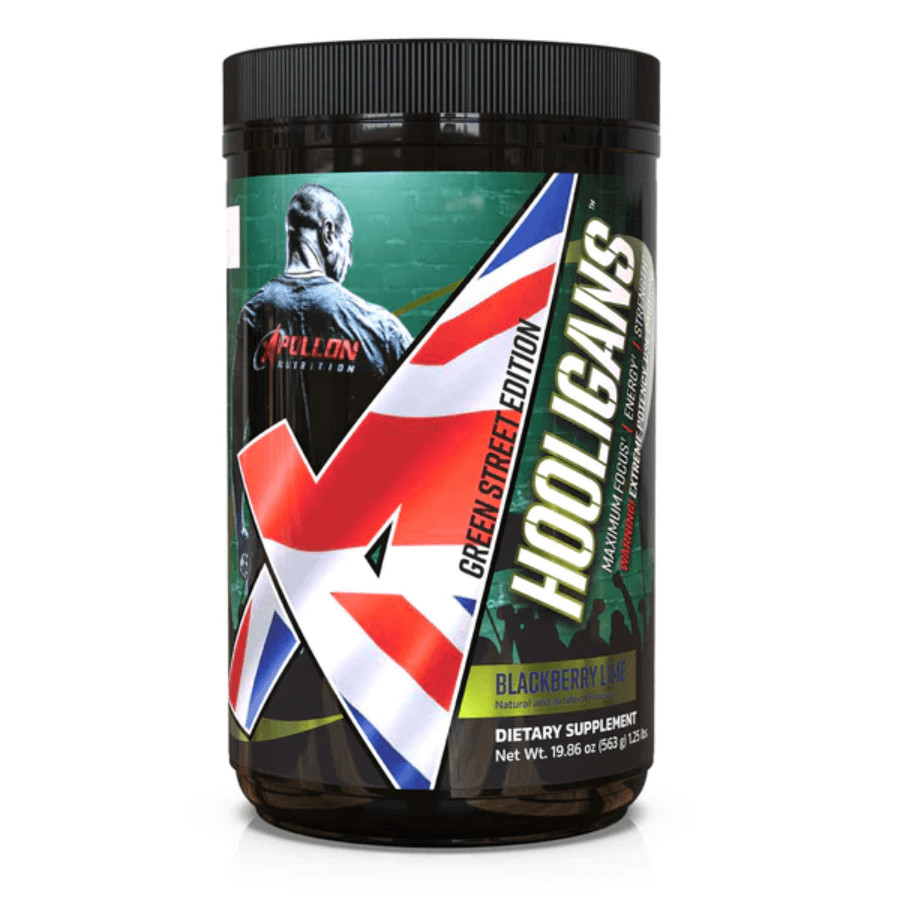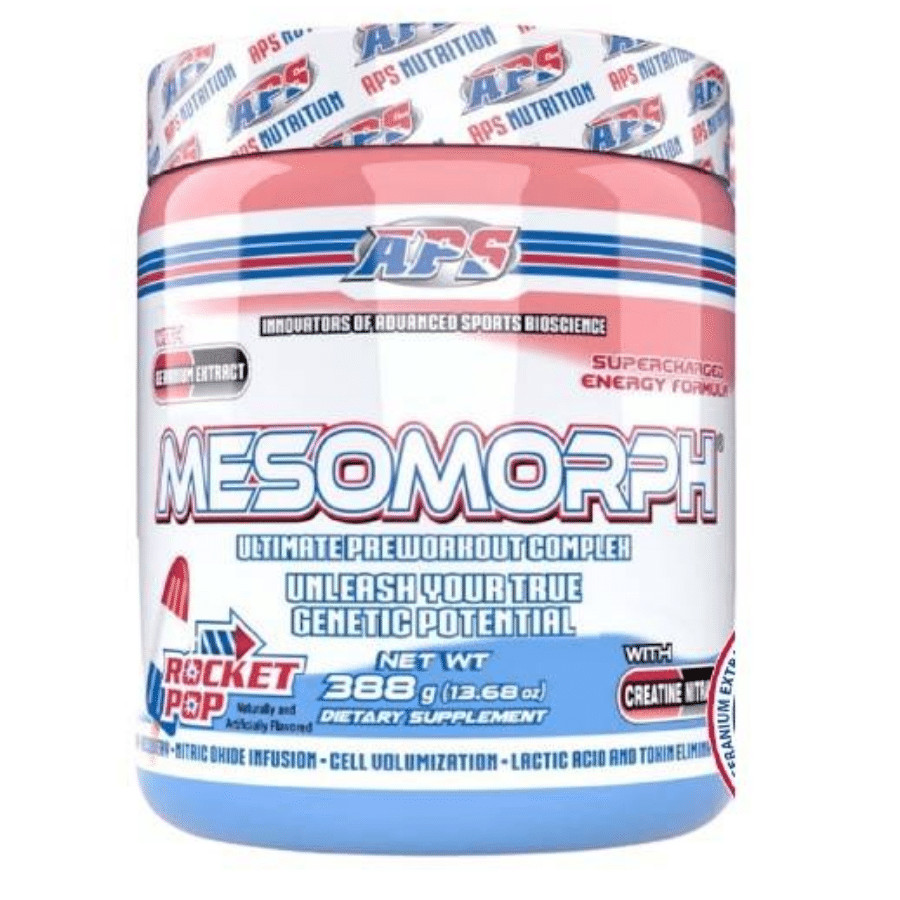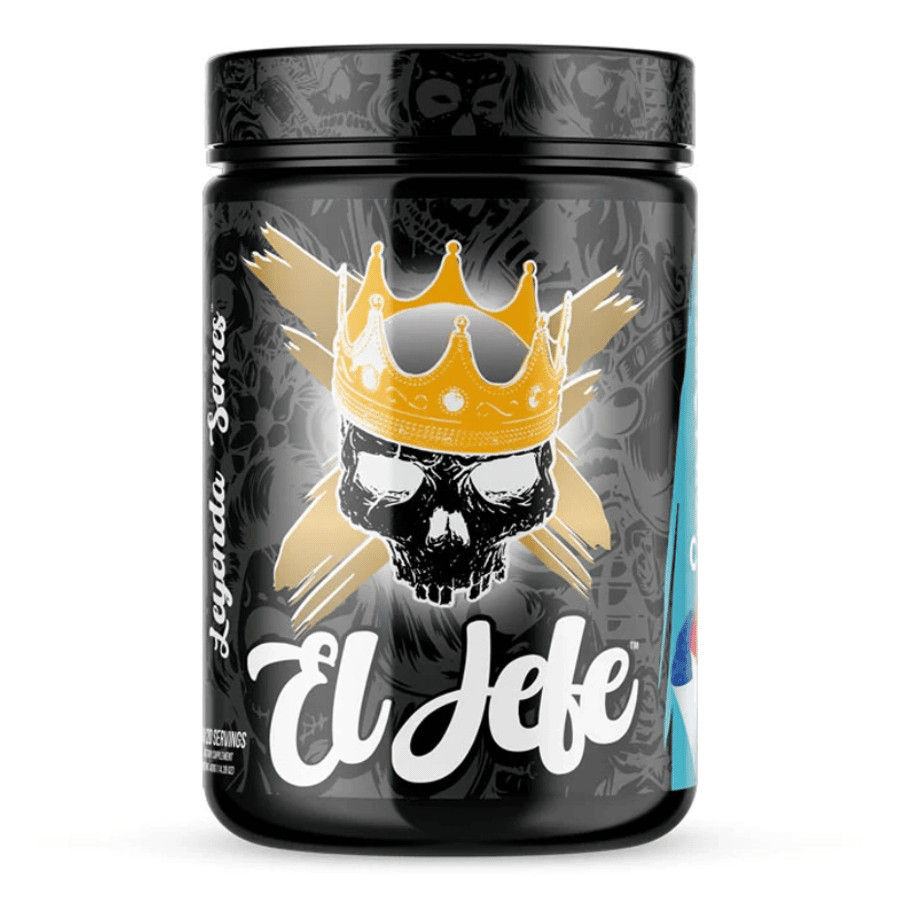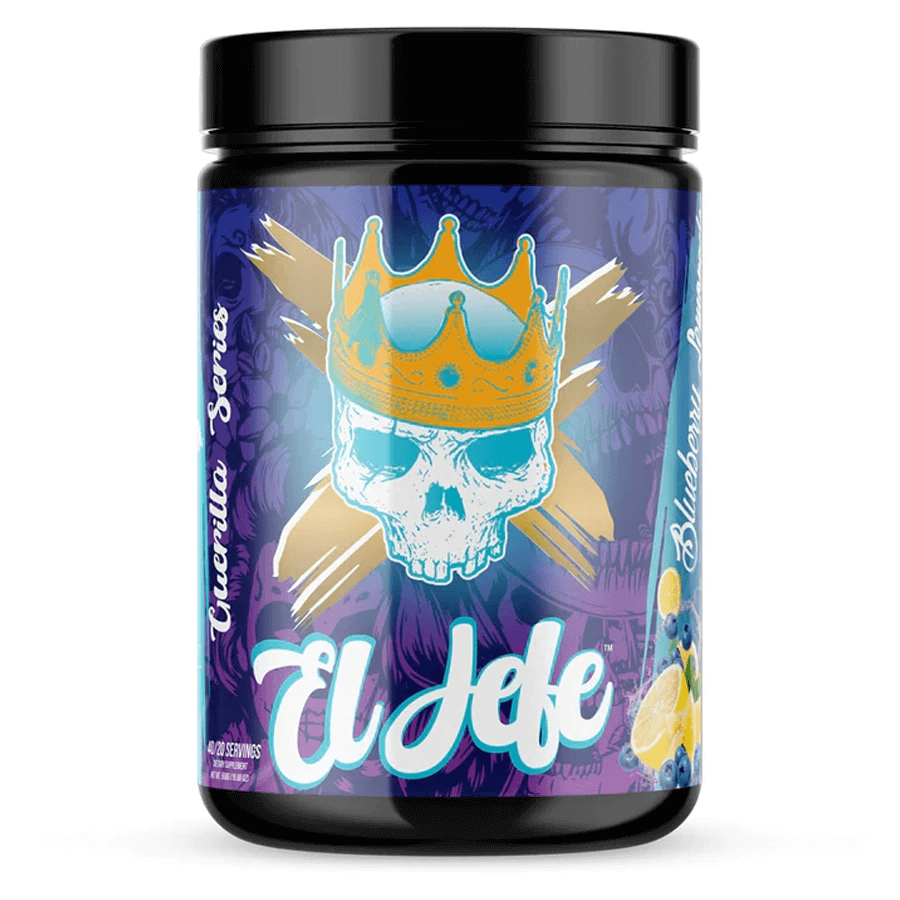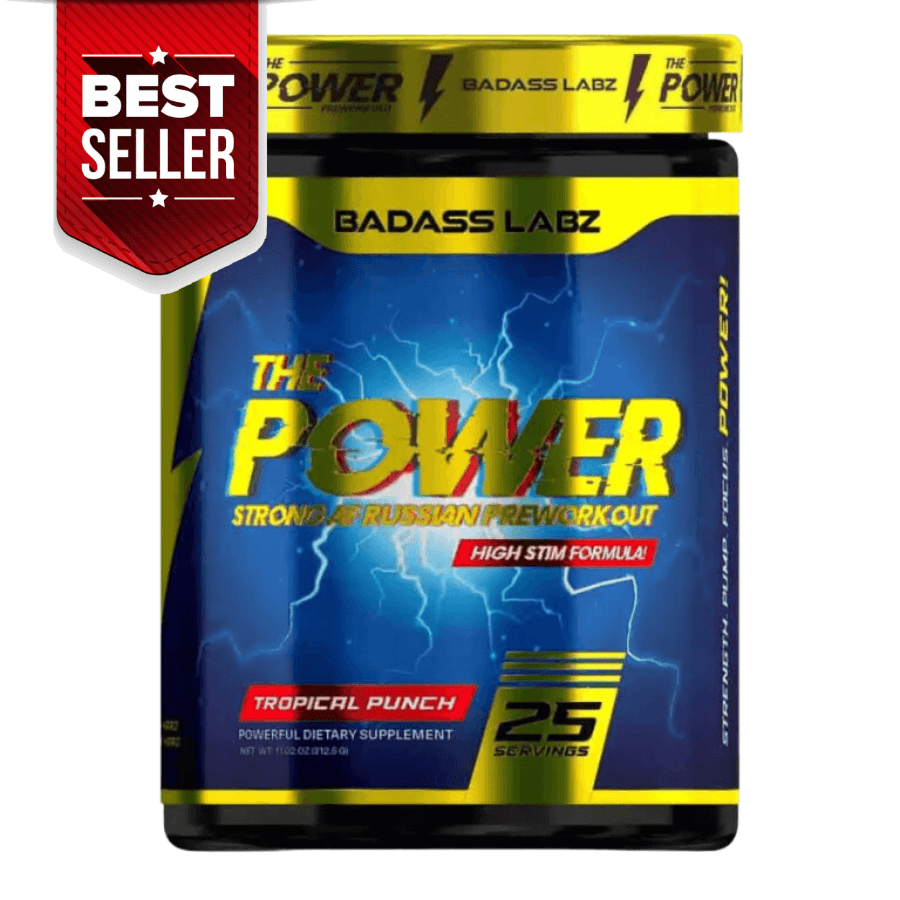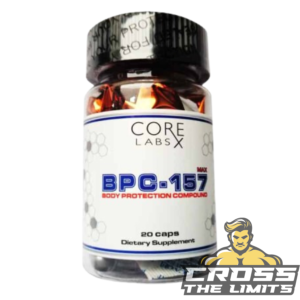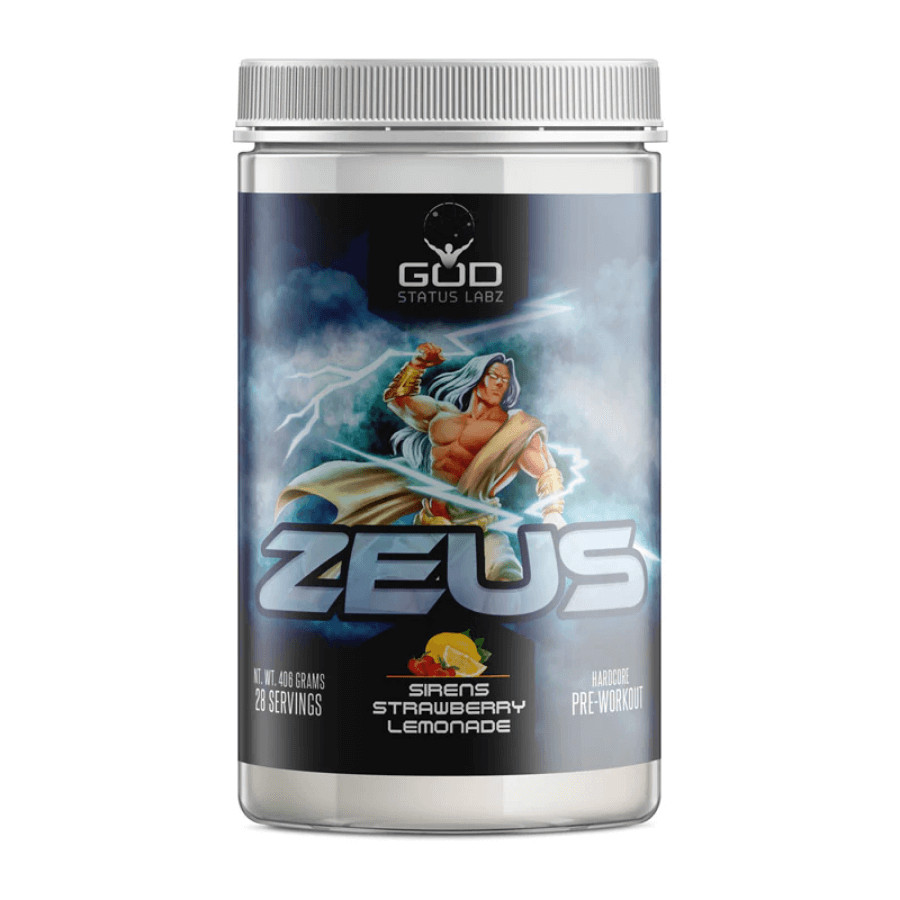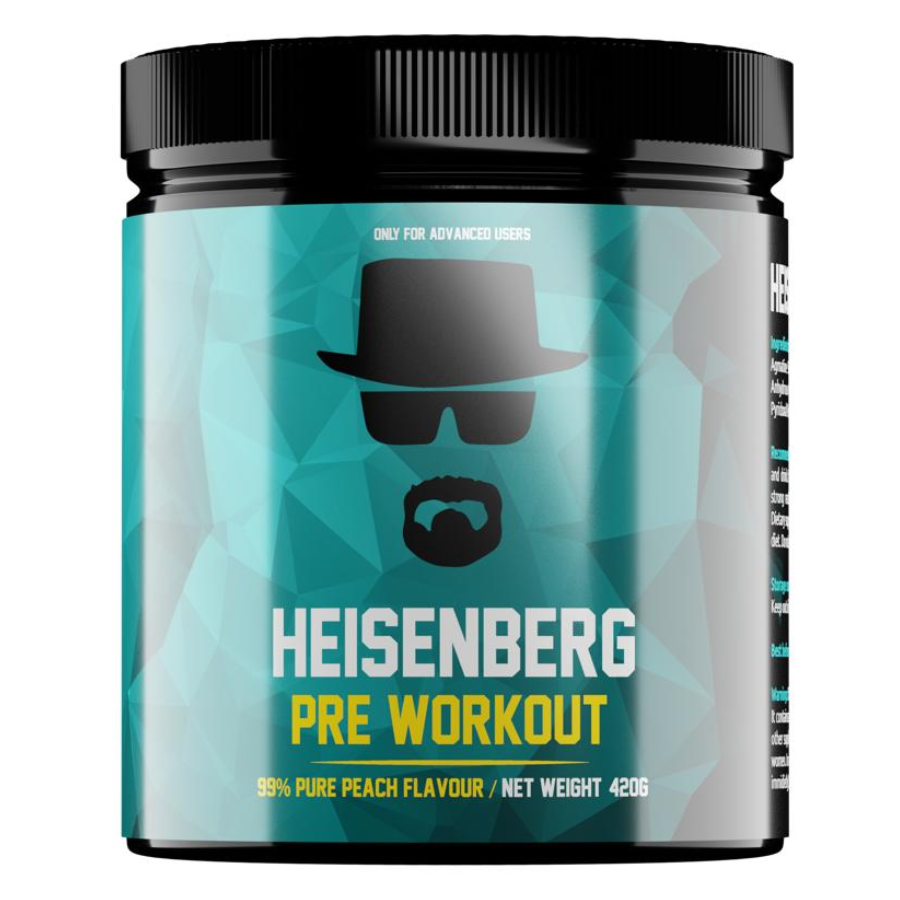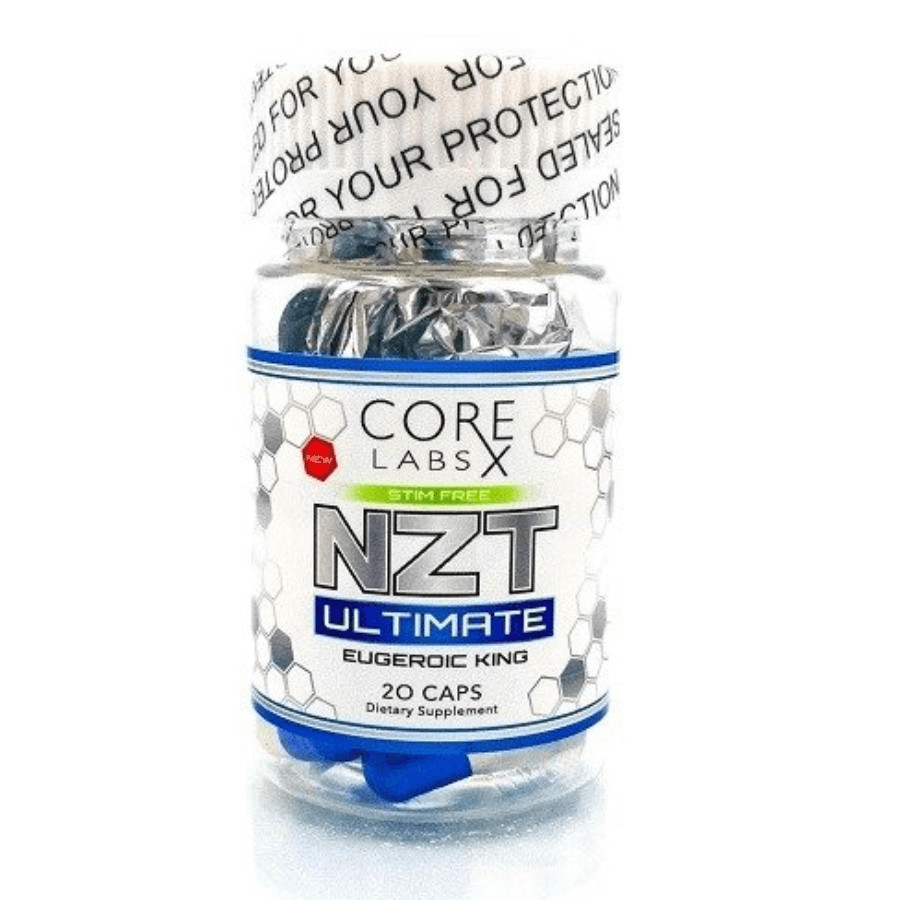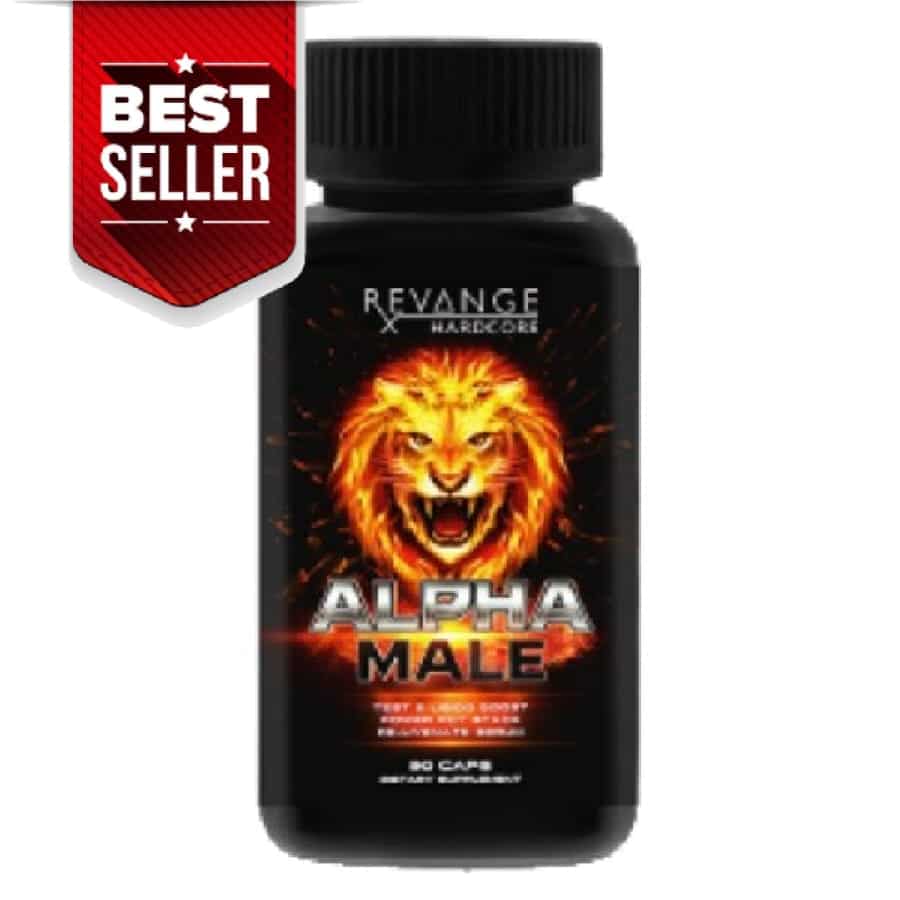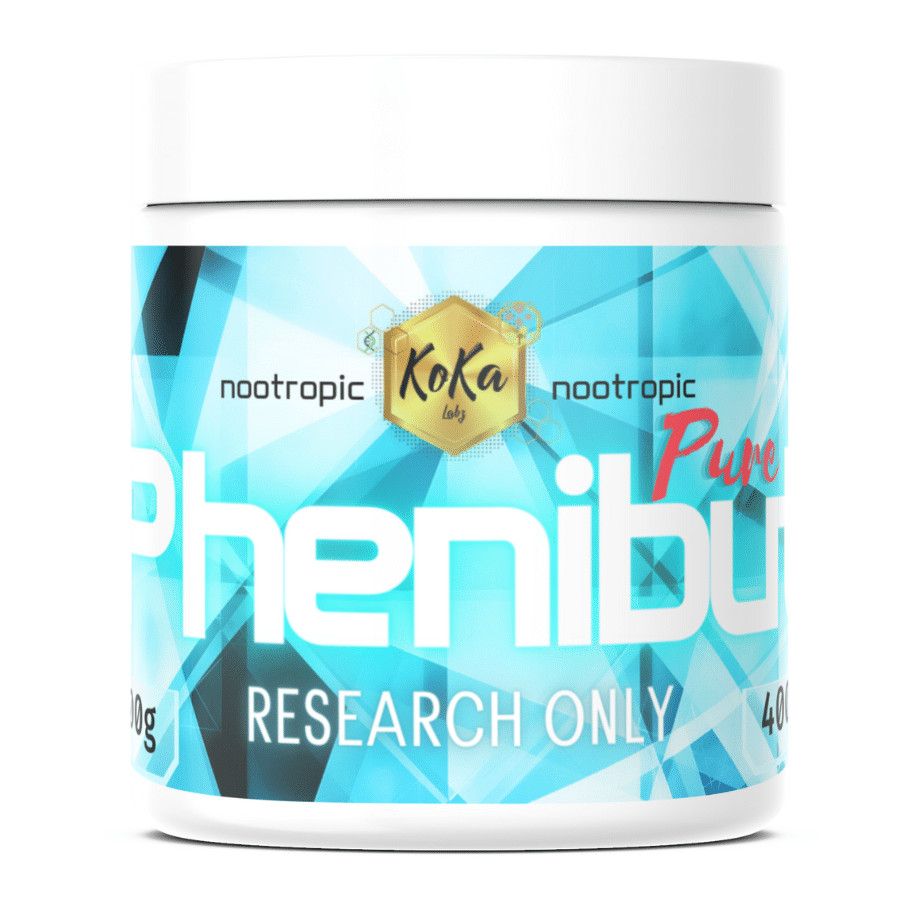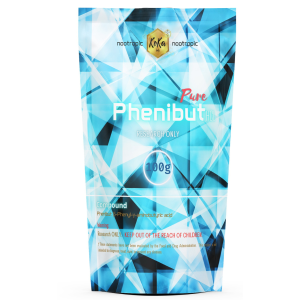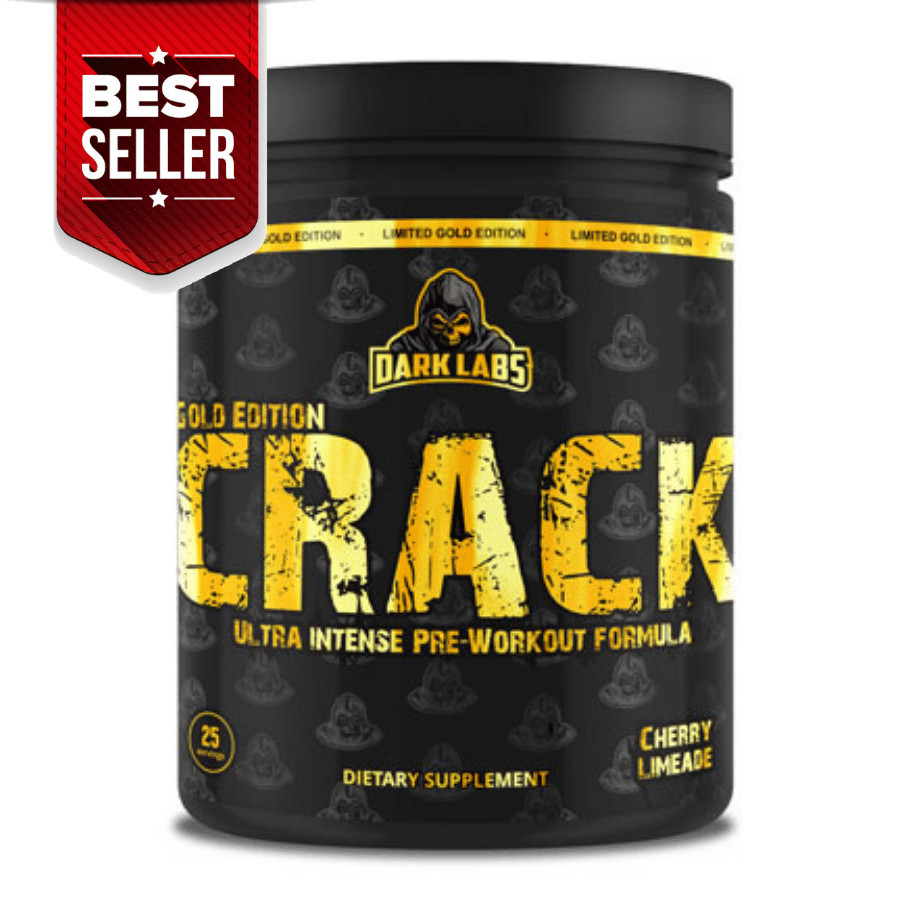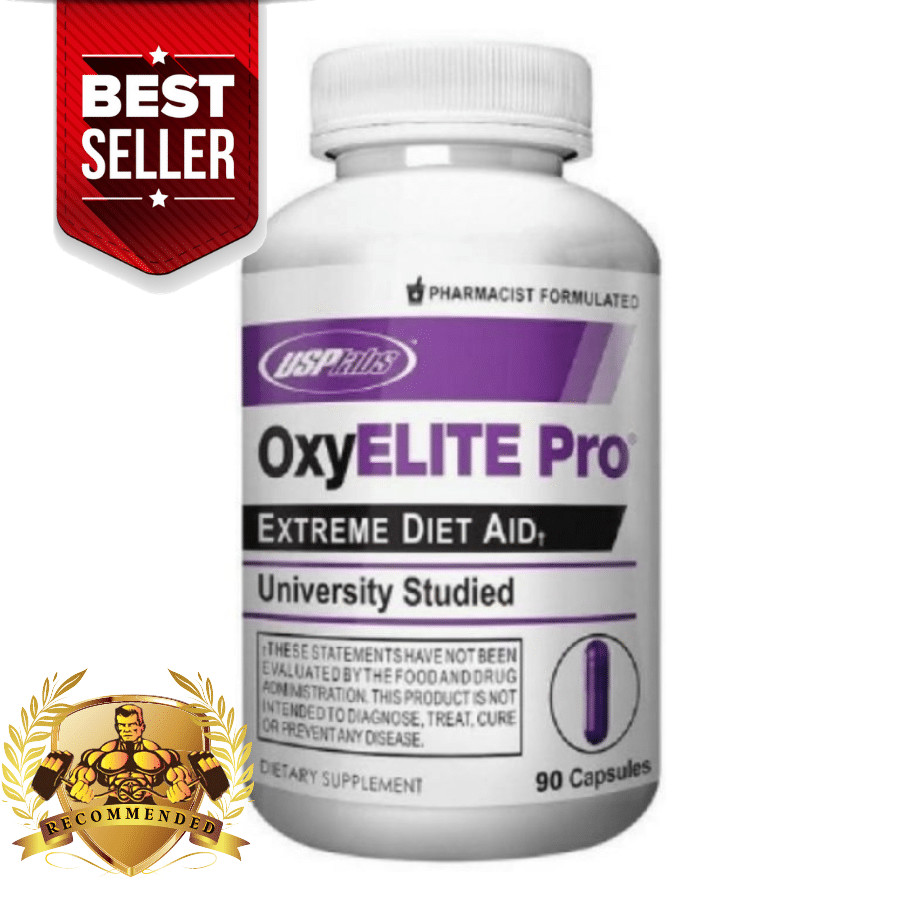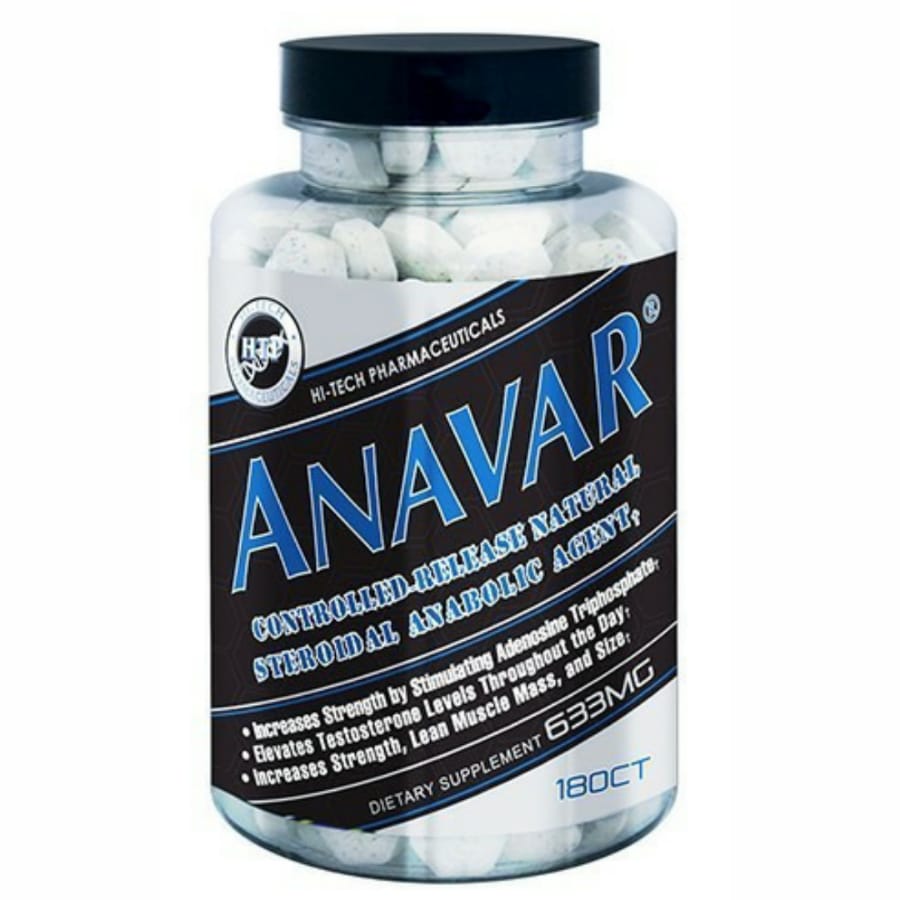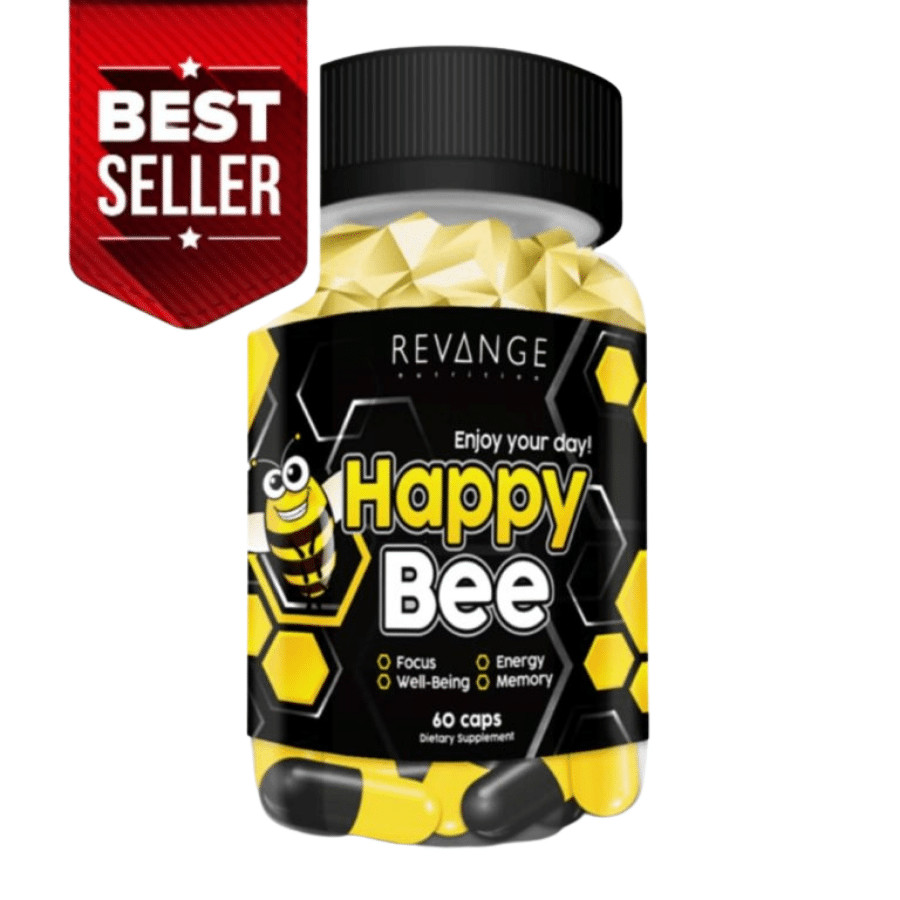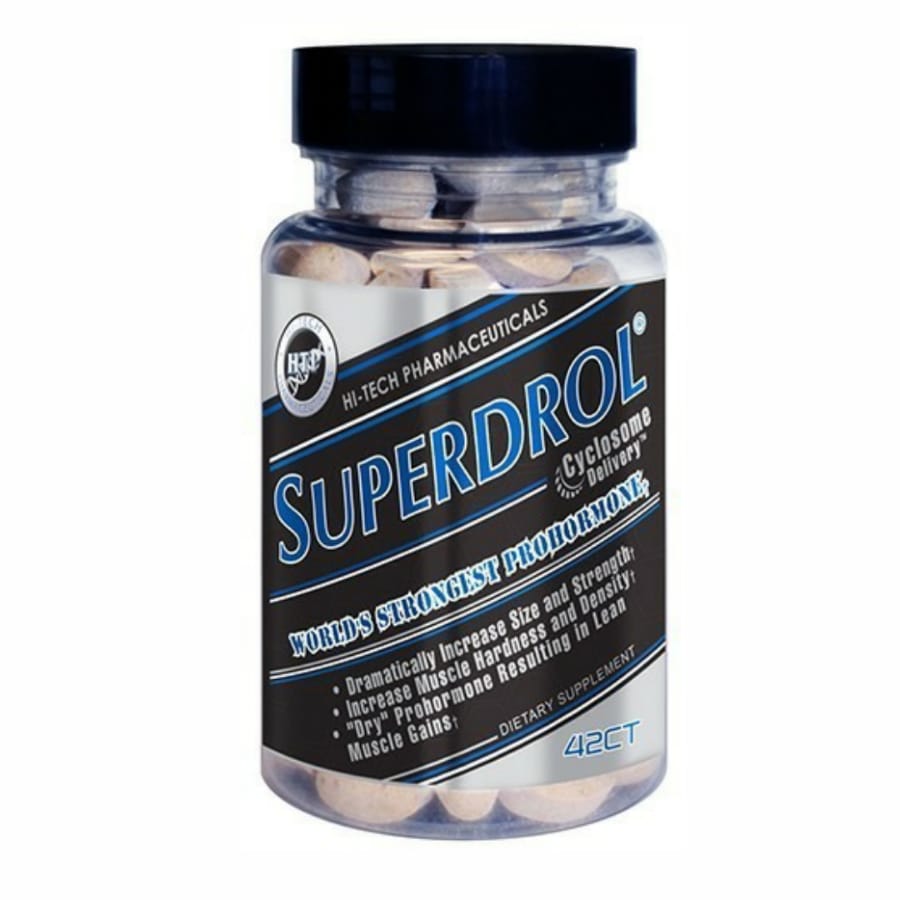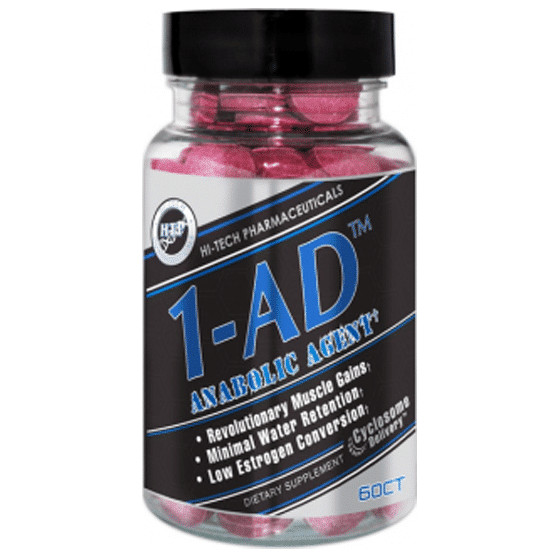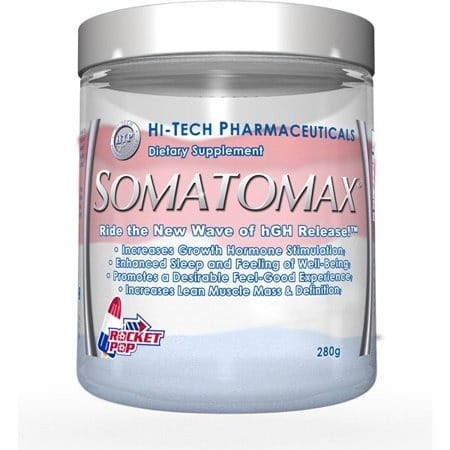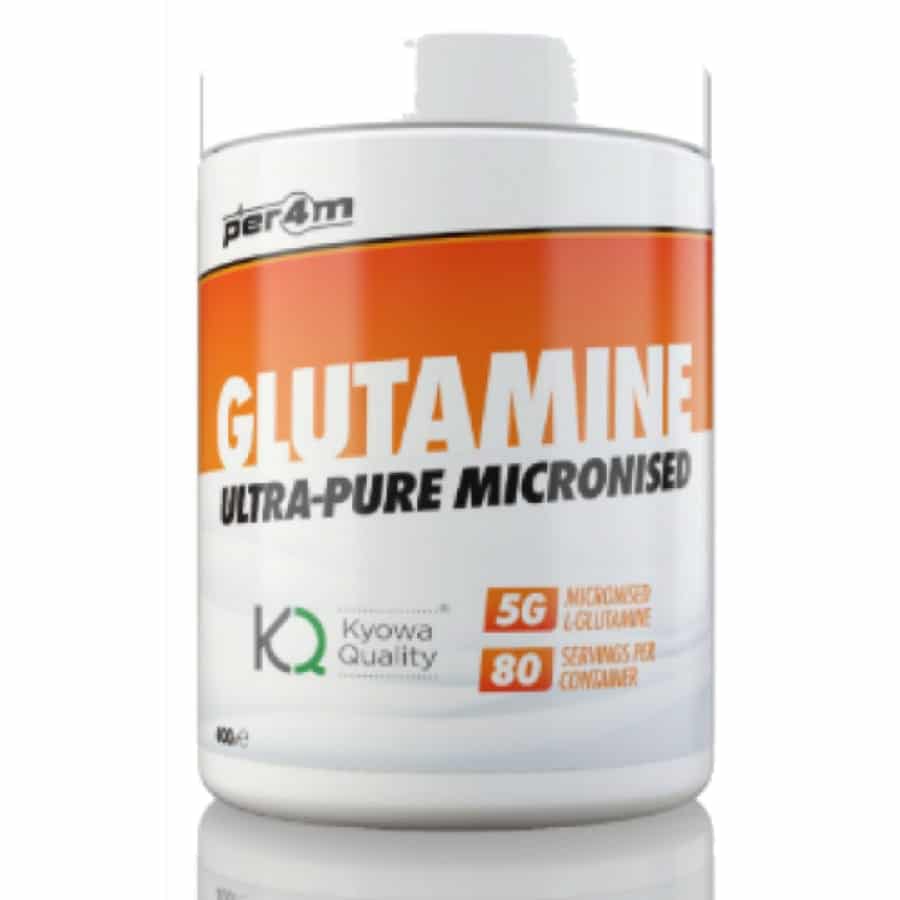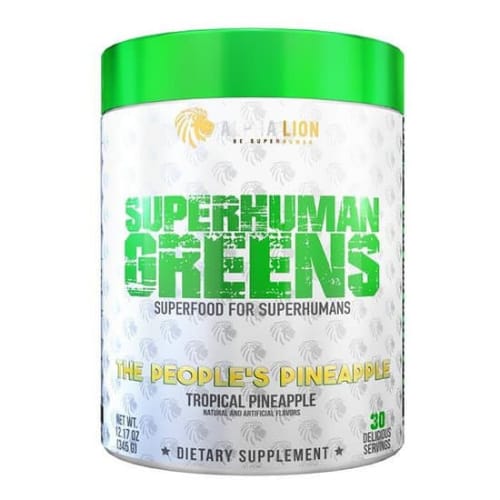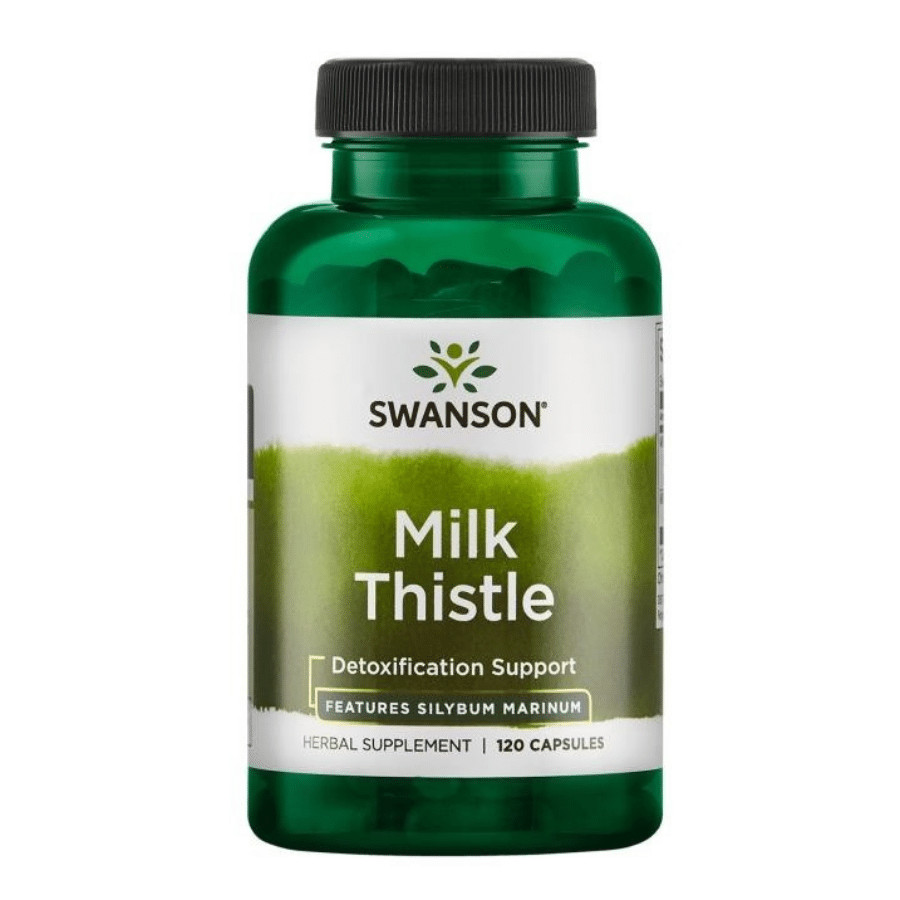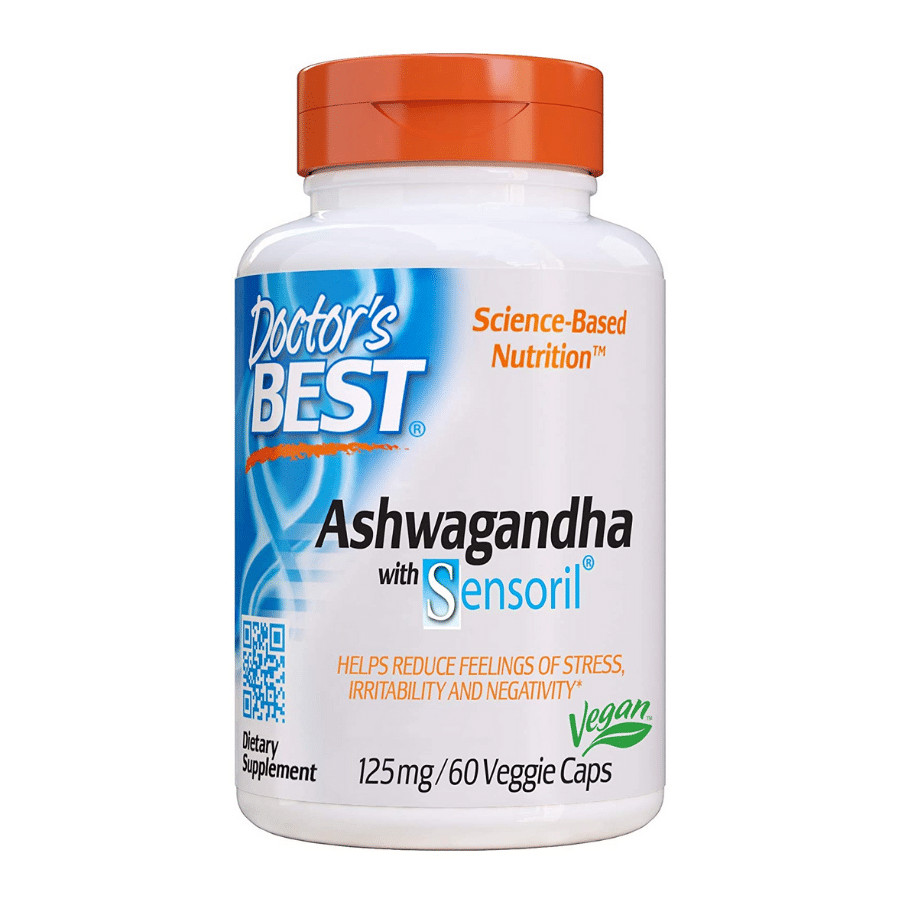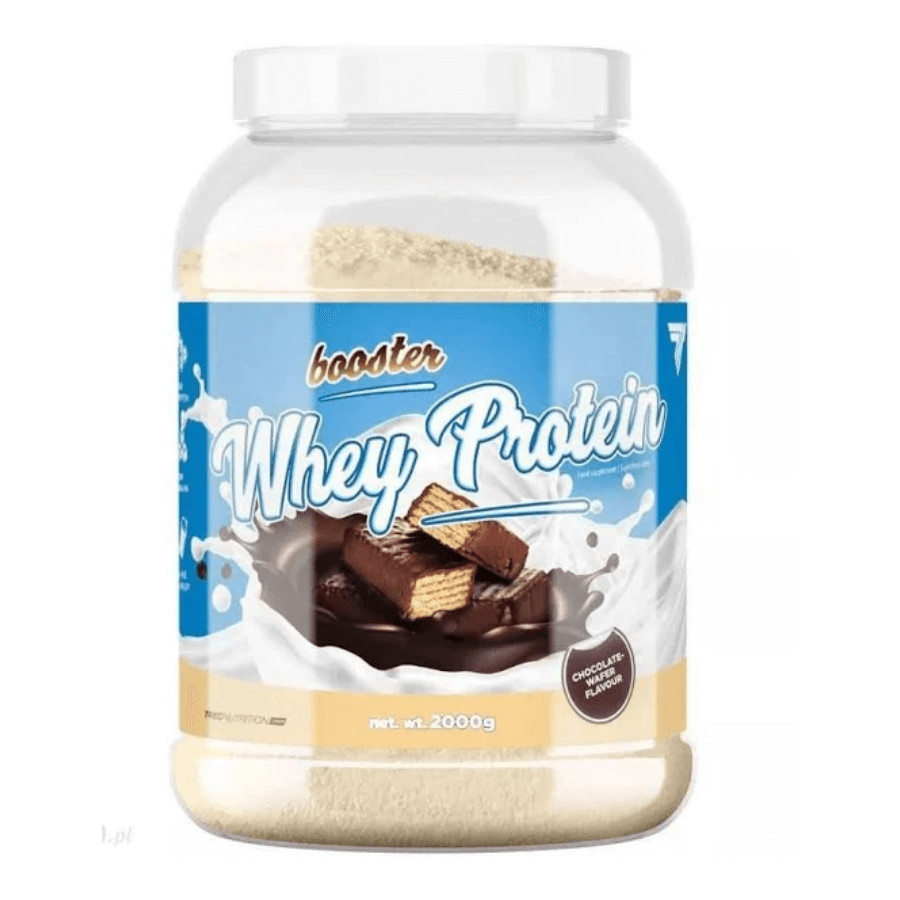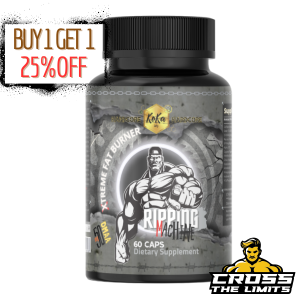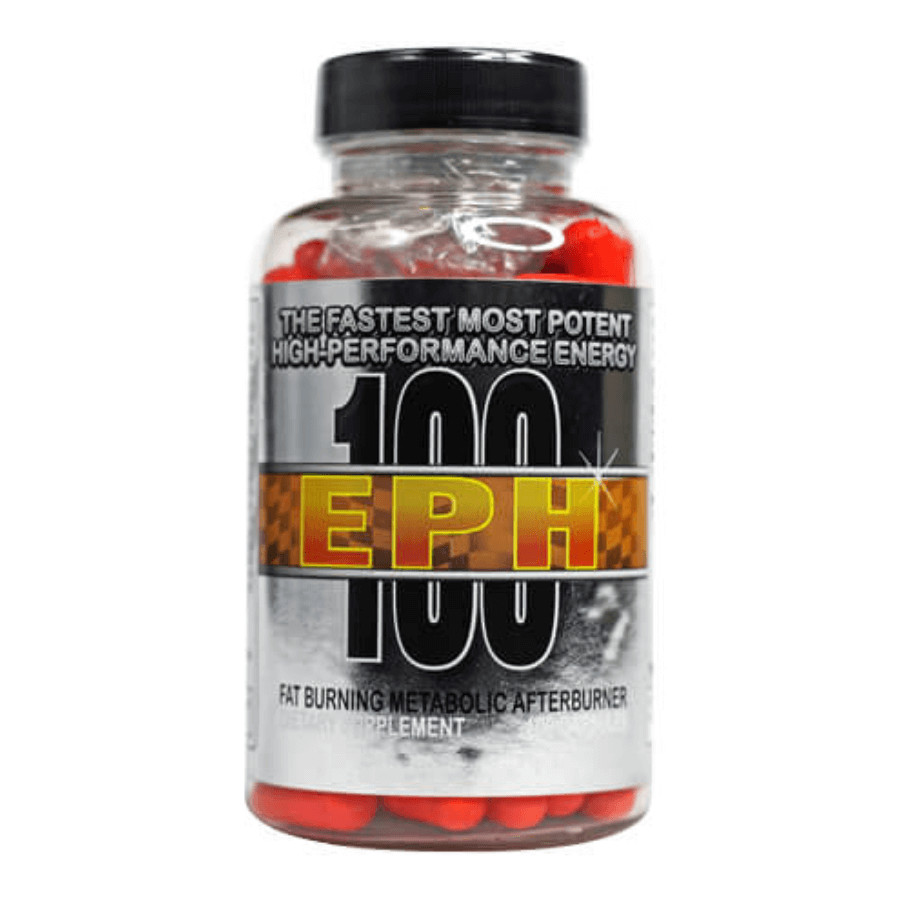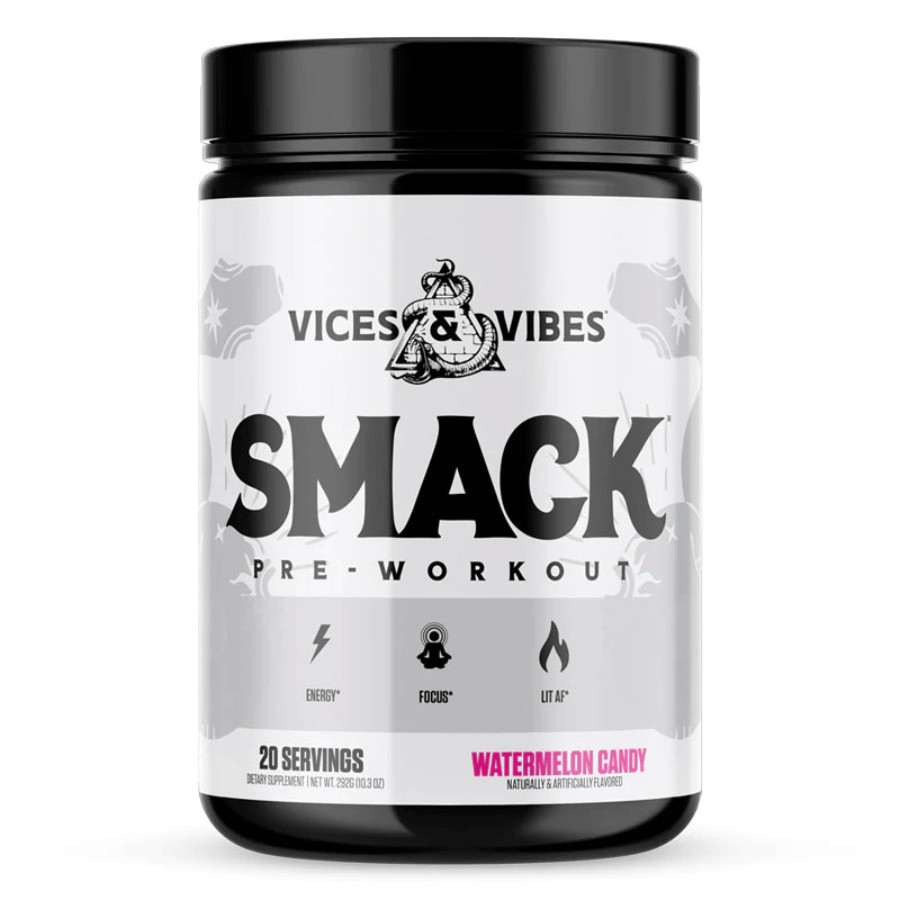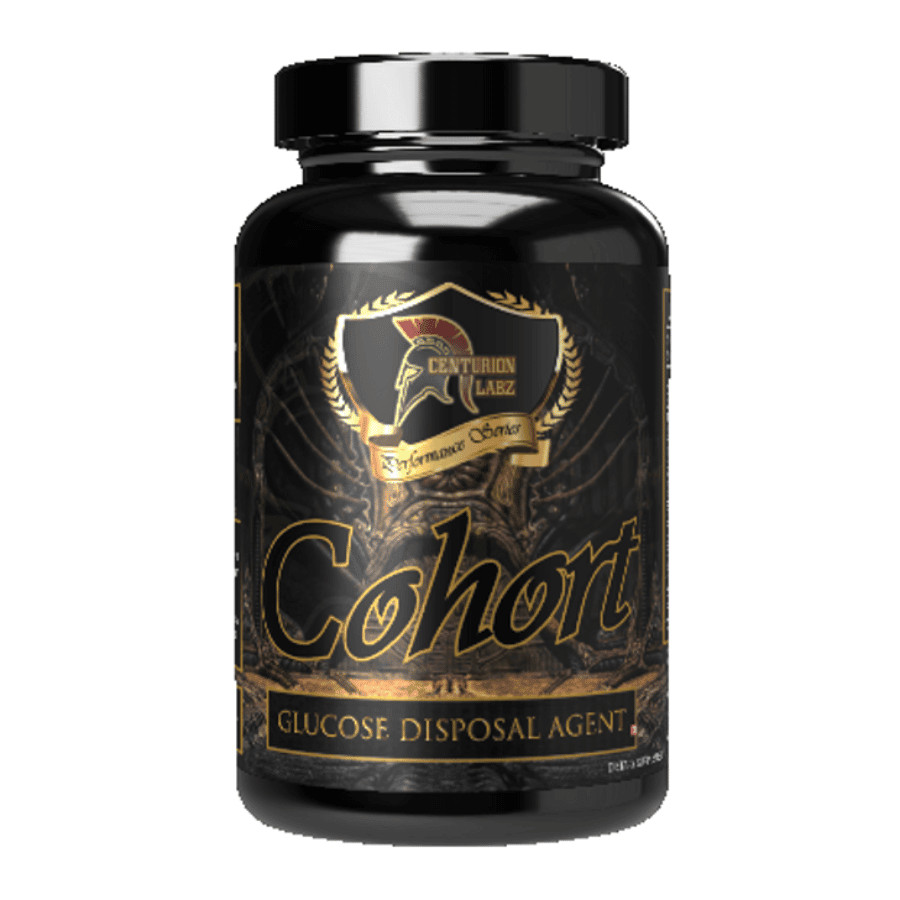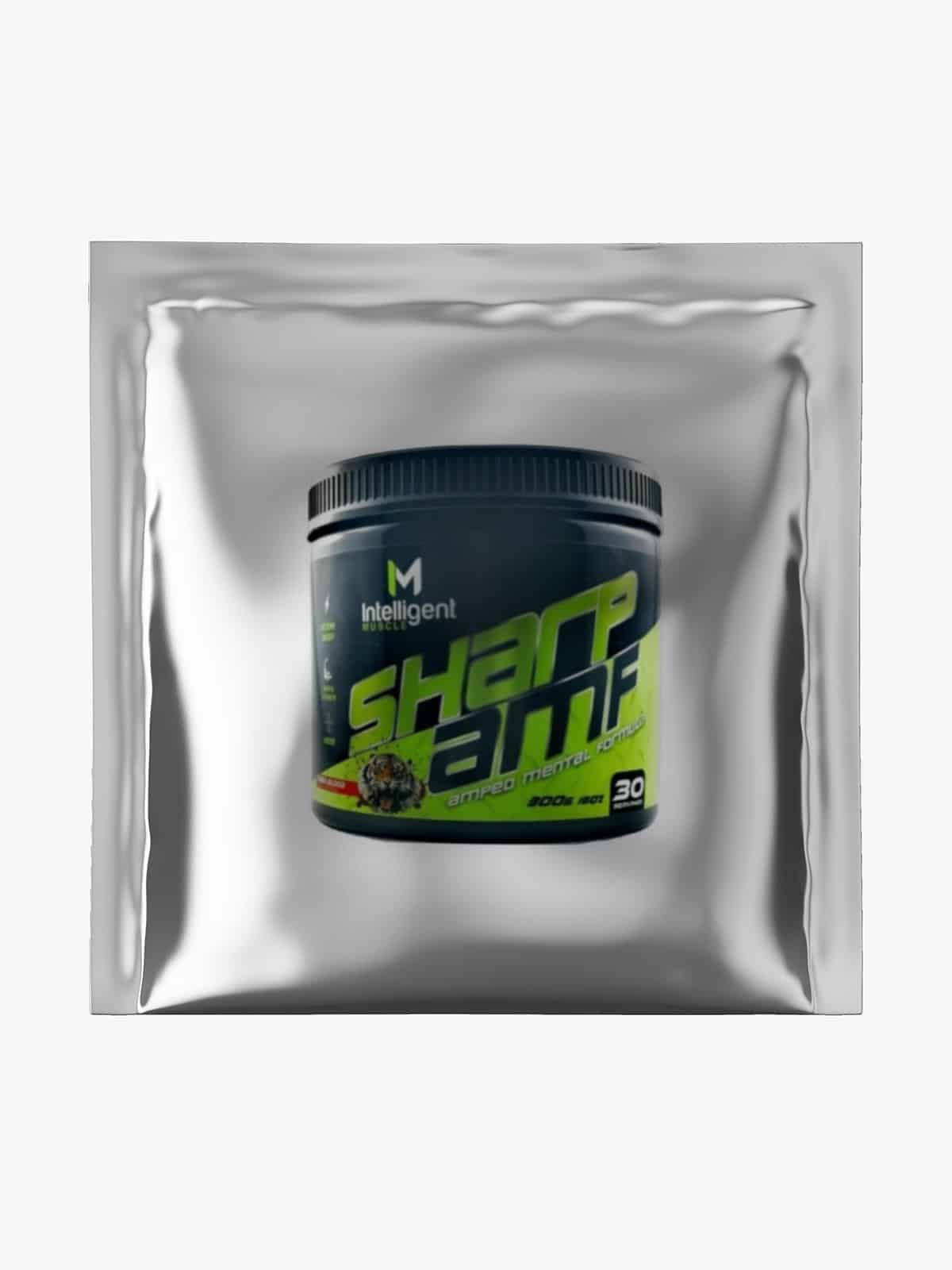
“Maximizing Gains, Minimizing Risks: The Comprehensive Guide to Prohormones”
1. Introduction to Prohormones
1.1 Definition and Purpose in Sports and Bodybuilding
Prohormones, a class of performance-enhancing compounds, serve as precursors to active hormones in the body. They undergo enzymatic conversion to become anabolic hormones, which play a vital role in muscle growth, strength enhancement, and overall physical performance. In sports and bodybuilding, prohormones have gained popularity for their ability to provide similar benefits to anabolic steroids but with a perception of reduced legal and health risks. Athletes and bodybuilders utilize these compounds to increase lean muscle mass, reduce body fat, and enhance athletic performance.
1.2 Mechanism of Action
Prohormones exert their effects through a two-step conversion process in the body. Initially inert, the liver metabolizes these compounds, converting them into active anabolic hormones such as testosterone or similar compounds. These hormones then bind to androgen receptors within muscle cells, initiating a cascade of biological processes that lead to protein synthesis and muscle growth. Additionally, the increased availability of testosterone and related hormones can enhance physical performance, including strength, endurance, and recovery.
1.3 Potential Benefits
The appeal of prohormones lies in their potential to deliver substantial benefits for athletes and bodybuilders. Among the most touted advantages are:
- Increased Muscle Mass: Prohormones can contribute to significant gains in lean muscle mass, provided they are accompanied by appropriate resistance training.
- Enhanced Strength and Power: Users often report substantial increases in strength, allowing for heavier lifts and more intense workouts.
- Improved Recovery Times: Some prohormones may reduce muscle recovery time, enabling more frequent training sessions.
- Decreased Body Fat: Prohormones can contribute to a leaner physique by optimizing the muscle-to-fat ratio.
1.4 Potential Risks and Side Effects
Despite their benefits, prohormones are not without risks and potential side effects, some of which can be serious. Users should be aware of the following concerns:
- Hormonal Imbalance: The external introduction of prohormones can disrupt the body’s natural hormonal balance, potentially leading to side effects such as mood swings, acne, and hair loss.
- Liver Strain: Because the liver processes prohormones, prolonged use or high dosages can significantly strain this organ, sometimes leading to liver damage.
- Cardiovascular Issues: Some prohormones have been associated with adverse effects on cholesterol levels and blood pressure, potentially increasing the risk of cardiovascular disease.
- Legal and Doping Concerns: The legal status of prohormones varies by country, and many sports organizations ban them. Athletes subject to drug testing may face penalties if prohormones are detected.
1.5 Conclusion
In conclusion, prohormones offer a complex and controversial means of enhancing physical performance and muscle growth. While they may provide significant benefits in strength, size, and recovery, they are also associated with many potential risks and side effects. It is crucial for individuals considering prohormone use to conduct thorough research, consult with healthcare professionals, and weigh the potential rewards against the inherent risks. Responsible service, alongside a well-structured training and nutrition program, is paramount for minimizing risks and maximizing the potential benefits of prohormones.
-
buybuybuyRead More
ATS Labs Ana King 90caps- Non-Steroidal Muscle Enhancers
£29.95 £58.26buybuybuybuybuyRead MoreBrawn Alpha-One (60 Caps)
£37.41buyRead More2. History and Evolution of Prohormones
2.1 Early Developments and Initial Popularity
The journey of prohormones through the realms of sports, bodybuilding, and legislation has been tumultuous and intriguing. Initially developed in the 1990s, prohormones were created as a legal alternative to anabolic steroids. The intention was to offer a safer means for athletes and bodybuilders to enhance their physical performance and muscle growth. The early formulations, such as androstenedione, gained widespread popularity, partially due to high-profile endorsements, including that of baseball legend Mark McGwire.
2.2 The Anabolic Steroid Control Acts
Despite their initial legal status, concerns over the safety and potential for abuse of prohormones began to mount. In response, the United States Congress passed the Anabolic Steroid Control Act of 2004, which reclassified many prohormones as controlled substances, placing them in the same category as anabolic steroids. This legislation aimed to curb the availability and use of these compounds, particularly among younger athletes.
Subsequent amendments and additional legislation have further tightened regulations, banning a broader range of substances and introducing stricter penalties for distribution and use. These changes have forced manufacturers to continually adapt, reformulating products to comply with new legal standards while attempting to maintain their efficacy.
2.3 Evolution of Formulations and Usage
Over the years, the formulation of prohormones has evolved significantly. Early versions were often simple precursors to testosterone or related hormones. However, as regulations have changed and scientific understanding has advanced, manufacturers have developed various compounds with unique properties and potential benefits.
Some modern prohormones are designed to be more selective, targeting specific receptors or biological pathways to minimize side effects while maximizing benefits. Additionally, there has been a trend toward combining various prohormones in a single product, aiming to create synergistic effects that enhance results.
2.4 The Continuing Controversy
Despite these advancements, the use of prohormones remains a controversial topic. Advocates argue that prohormones can offer a safe and effective means of enhancing physical performance and muscle growth when used responsibly. Critics point to the potential for serious side effects, the lack of long-term safety data, and the ethical implications of using performance-enhancing compounds.
The legal landscape also continues to evolve, with ongoing debates and legislative efforts aimed at either further restricting or potentially reclassifying certain prohormones. The future of prohormones is uncertain, and a combination of scientific research, legislative action, and public opinion will likely shape it.
2.5 Conclusion
The history and evolution of prohormones are marked by innovation, controversy, and a continual push-and-pull between proponents and critics. Prohormones have played a significant role in performance enhancement from their initial development as a legal alternative to steroids to their current status as controlled substances. As formulations have evolved and usage patterns have changed, the ongoing debate over their safety, efficacy, and place in sports and bodybuilding continues to unfold.
Individuals considering prohormones must navigate this complex landscape, weighing the potential benefits against the risks and legal implications. As the story of prohormones continues to evolve, it serves as a fascinating case study in the ongoing quest for physical excellence, the role of regulation in sports and health, and the delicate balance between innovation and safety.
3. How Prohormones Work in the Body
3.1 Biological Process of Conversion
Prohormones are unique in their mechanism of action within the body, acting as precursors to active anabolic hormones. Once ingested, these compounds enter the bloodstream and are transported to the liver, where they undergo a critical transformation. Here, through a series of enzymatic reactions, prohormones are converted into active forms, such as testosterone or other anabolic steroids. This conversion is crucial as the prohormones do not have significant anabolic effects; their altered states wield power to influence muscle growth and performance.
3.2 Role of Enzymes in Conversion
Enzymes play a pivotal role in converting prohormones to their active forms. These biological catalysts accelerate the chemical reactions necessary for this transformation. The specific enzymes involved can vary depending on the type of prohormone and the intended active product. For example, the enzyme 3β-HSD converts DHEA (dehydroepiandrosterone) into androstenediol, a precursor to testosterone. These enzymes ensure that the conversion process occurs efficiently and effectively, allowing the body to reap the benefits of the active hormones.
3.3 Impact on Muscle Growth
Once converted into their active forms, these hormones profoundly impact muscle growth through several mechanisms. They increase nitrogen retention in the muscles, creating a more anabolic environment conducive to muscle growth. They also stimulate protein production, the building blocks of muscle tissue. By enhancing protein synthesis and reducing protein degradation, these hormones contribute to an overall increase in muscle mass.
3.4 Enhancement of Strength and Power
In addition to promoting muscle growth, the active hormones resulting from prohormone conversion also significantly enhance strength and power. They do this by increasing the production of ATP (adenosine triphosphate), the primary energy carrier in cells. With more ATP available, muscles can work harder and more extended periods, increasing strength and power during workouts and performances.
-
buyRead More
ATS Labs Ana King 90caps- Non-Steroidal Muscle Enhancers
£29.95 £58.26buybuybuybuybuybuyRead Morebuybuystring(4) "post"Read More3.5 Boosting Endurance and Recovery
Prohormones can also have beneficial effects on endurance and recovery. By improving red blood cell production and increasing oxygen transport to muscles, these hormones help to delay the onset of fatigue, allowing for prolonged periods of physical activity. Additionally, they can enhance recovery by reducing muscle damage and inflammation and improving the rate at which muscle glycogen, a key energy source, is replenished after exercise.
3.6 Considerations and Risks
While the potential benefits of prohormones are significant, it is essential to note that their use is not without risks. The enzymatic conversion process does not always proceed as intended, and unwanted by-products can sometimes be produced, leading to unwanted side effects. Moreover, because the body’s natural hormonal balance is disrupted, users may experience various symptoms, from mood swings and acne to more severe conditions such as liver damage and cardiovascular issues.
3.7 Conclusion
In summary, prohormones work in the body as precursors to active anabolic hormones. These compounds are transformed through a series of enzymatic reactions, unleashing their potential to enhance muscle growth, strength, power, endurance, and recovery. While the benefits can be substantial, it is crucial for users to understand the risks involved and to use these compounds responsibly, ensuring they are aware of the potential side effects and are taking steps to mitigate them.
4. Popular Prohormones in the Market
The market for prohormones is vast and diverse, offering various options for those looking to enhance their physical performance and muscle growth. Among the many choices, several products have risen to prominence due to their unique features, benefits, and user testimonials. Below is an overview of some of the most popular prohormones, including specific products from well-known brands.
4.1 Blackstone Labs Metha-Quad Extreme
- Overview: Metha-Quad Extreme is a potent prohormone blend that provides comprehensive anabolic effects. It combines four compounds in one product, including Androsterone, 1-Andro, 4-Andro, and Arimistane.
- Unique Features and Benefits: This product stands out due to its multi-compound formulation, intended to deliver a synergistic effect for maximum muscle growth and strength gains. Androsterone is known for enhancing strength and vascularity, 1-Andro contributes to lean muscle gains and fat loss, and 4-Andro aids in muscle fullness and recovery. At the same time, Arimistane acts as an aromatase inhibitor to reduce estrogen and increase testosterone.
- Potential Risks: As with any prohormone, potential risks include hormonal imbalance, liver strain, and cardiovascular issues. An aromatase inhibitor helps mitigate estrogen-related side effects. However, users should still be mindful of the potential for side effects and consider post-cycle therapy (PCT) to restore natural hormone balance.
4.2 Blackstone Labs SuperStrol-7
- Overview: SuperStrol-7 is a non-hormonal anabolic agent that aims to increase lean muscle mass, strength, and endurance.
- Unique Features and Benefits: This product is distinctive due to its non-hormonal nature, offering a safer alternative to traditional prohormones. It contains 7-Hydroxy DHEA and Epicatechin, known for their anabolic properties without converting to estrogen or DHT.
- Potential Risks: While SuperStrol-7 is marketed as a safer alternative with minimal side effects, users should still be cautious and monitor their bodies for adverse reactions. It is also important to follow recommended dosages and cycle lengths.
4.3 Koka Labz M1-4ADD
- Overview: M1-4ADD is a prohormone known for its potent anabolic effects, designed to increase muscle mass and strength.
- Unique Features and Benefits: M1-4ADD is a precursor to Dianabol, one of the most popular anabolic steroids. Users can expect significant gains in muscle mass and strength, with some reporting improvements in mood and libido.
- Potential Risks: Given its conversion to Dianabol, users of M1-4ADD may face similar risks as those using anabolic steroids, including liver toxicity, cardiovascular issues, and hormonal imbalances. Proper on-cycle support and PCT are crucial for mitigating these risks.
4.4 Brawn Nutrition 11-Andro (11-OXO)
- Overview: 11-Andro, also known as 11-OXO, is a prohormone known for its ability to reduce cortisol levels and promote fat loss while preserving lean muscle mass.
- Unique Features and Benefits: 11-Andro stands out for its cortisol-reducing effects, which can be particularly beneficial during cutting phases or periods of high stress. By maintaining a favourable muscle-to-fat ratio, users can achieve a leaner physique.
- Potential Risks: While 11-Andro is often considered milder than other prohormones, it can still cause side effects such as lethargy, and there is potential for hormonal disruption. Proper dosing and cycle support are essential to minimize these risks.
4.5 Conclusion
The world of prohormones offers a variety of options for those seeking to enhance their physique and performance. Products like Blackstone Labs Metha-Quad Extreme and SuperStrol-7, Koka Labz M1-4ADD, and Brawn Nutrition 11-Andro (11-OXO) each offer unique features and benefits, catering to different goals and preferences. However, it is paramount that users approach these compounds with caution, understanding the potential risks and committing to responsible use, including on-cycle support and post-cycle therapy, to ensure safety and optimize results.
5. Designing Prohormone Cycles
5.1 Understanding Prohormone Cycles
A prohormone cycle refers to a specific timeframe, usually 4 to 12 weeks, during which an individual consumes prohormones to enhance muscle growth, strength, or fat loss. The length and structure of the cycle depend on the user’s experience, goals, and the specific prohormones being used. The significance of structuring these cycles carefully cannot be overstated, as it helps to maximize benefits while minimizing potential side effects and health risks.
5.2 Examples of Prohormone Cycles
- Bulking Cycle: A typical bulking cycle aims to increase muscle mass and strength. For a novice, a 6-week cycle of a mild prohormone like 4-Andro, with dosages gradually increasing from 300mg to 500mg per day, can be effective. Intermediate users might opt for an 8-week cycle, combining 4-Andro with a more potent compound like 1-Andro, starting at lower dosages and gradually increasing.
- Cutting Cycle: Cutting cycles focus on losing fat while preserving muscle mass. A 6-week 11-Andro (11-OXO) process can benefit its cortisol-reducing effects, starting at 100mg and increasing to 300mg daily. Adding a non-hormonal anabolic agent like SuperStrol-7 can also enhance fat loss and muscle hardness.
- Strength Cycle: For those looking to increase strength, a cycle that includes compounds like Metha-Quad Extreme can be effective. A 4- to 6-week cycle can yield significant strength gains, starting with one tablet per day and potentially expanding to two.
5.3 Importance of Cycle Support
Cycle support is essential to protect the body from potential side effects of prohormone use, particularly liver toxicity and cardiovascular strain. Products specifically designed for on-cycle support contain ingredients that support liver health, control blood pressure, and maintain cholesterol levels. Integrating these products from the start of the cycle is crucial for preventative care.
6. Post Cycle Therapy (PCT)
6.1 Purpose of Post-Cycle Therapy
Post Cycle Therapy (PCT) is a crucial phase following a prohormone cycle, intended to restore the body’s natural hormonal balance and mitigate potential side effects from prohormone use. Prohormones can suppress the body’s natural testosterone production. Without proper PCT, it can take a prolonged period for levels to return to normal, resulting in loss of gains and physical and emotional side effects.
6.2 Common PCT Protocols and Supplements
A typical PCT protocol lasts 4 to 6 weeks and includes a combination of the following:
- SERMs (Selective Estrogen Receptor Modulators): Compounds like Nolvadex or Clomid help to stimulate natural testosterone production and block the effects of estrogen, reducing the risk of estrogen-related side effects.
- Aromatase Inhibitors (AIs): These help to prevent the conversion of testosterone into estrogen, further minimizing estrogenic effects.
- Testosterone Boosters: Natural supplements like D-aspartic acid, Fenugreek, and Tribulus Terrestris can help boost natural testosterone production.
- Liver Support and Antioxidants: These assist in detoxifying the liver and combatting oxidative stress.
6.3 Contribution to Maintaining Gains and Minimizing Side Effects
An effective PCT helps to quickly restore natural hormone levels, reducing the catabolic period and helping to maintain the muscle mass and strength gained during the cycle. It also minimizes potential side effects like gynecomastia, mood swings, and libido loss. By following a well-structured PCT, users can ensure that they retain the benefits of their prohormone cycle while safeguarding their health.
7. Risks and Side Effects of Prohormones
Prohormones are potent compounds that significantly impacting muscle growth, strength, and body composition. However, their powerful effects come with various potential risks and side effects.
7.1 Potential Risks and Side Effects
- Hormonal Imbalance: Prohormones can suppress natural testosterone production, leading to a hormonal imbalance. Symptoms may include fatigue, loss of libido, and mood swings.
- Liver Toxicity: Many prohormones are hepatotoxic, which can cause liver damage, particularly with prolonged use or high dosages.
- Cardiovascular Issues: Prohormones can increase blood pressure, cholesterol levels, and other cardiovascular risks.
- Gynecomastia: An imbalance in estrogen and testosterone levels can lead to the development of breast tissue in men.
- Acne and Hair Loss: Changes in hormone levels can also affect the skin and hair, leading to acne and potential hair loss.
7.2 Mitigating Risks and Seeking Medical Advice
- Responsible Use: Stick to recommended dosages and cycle lengths, and avoid stacking multiple prohormones unless under expert guidance.
- On-Cycle Support: Use cycle support supplements to protect the liver and mitigate other potential side effects.
- Post-Cycle Therapy: Always follow a prohormone cycle with proper PCT to help restore natural hormone levels and maintain gains.
- Regular Health Check-Ups: Regular blood work and health check-ups can help monitor the body’s response to prohormones and catch any potential issues early.
- Knowing When to Stop: If experiencing severe side effects, it’s crucial to stop using prohormones immediately and seek medical advice.
7.3 Anecdotal Experiences and Scientific Studies
While there are numerous anecdotal reports of both positive results and adverse side effects associated with prohormone use, scientific studies on their safety are limited. Some studies have indicated potential liver toxicity and other health risks, while others have found prohormones effective with minimal side effects when used responsibly.
8. Prohormones vs. Anabolic Steroids
8.1 Effects, Risks, and Legality
- Effects: Both prohormones and anabolic steroids aim to increase muscle mass and strength. However, anabolic steroids tend to be more potent, providing faster and more dramatic results.
- Risks: The risks associated with prohormones and anabolic steroids are similar, including hormonal imbalance, liver toxicity, and cardiovascular issues. However, the risks may be more pronounced with anabolic steroids due to their increased potency.
- Legality: The legal status of both prohormones and anabolic steroids has been a topic of much debate and has varied over time and by region. In many countries, anabolic steroids are controlled substances, making their use without a prescription illegal. Prohormones have also faced legal scrutiny, with many being banned in countries like the United States under the Designer Anabolic Steroid Control Act.
8.2 Choosing Between Prohormones and Anabolic Steroids
Individuals may choose prohormones over anabolic steroids due to their perceived safety and legal availability or to avoid the stigma associated with steroid use. On the other hand, some may opt for anabolic steroids for their more potent effects and faster results despite the increased risks and legal issues.
8.3 Current Legal Status
As of my last training data in September 2021, in the United States, most prohormones have been classified as controlled substances, making their sale and use illegal without a prescription. The situation is similar for anabolic steroids. The legal status can vary significantly in other countries, so it’s essential to research and understand the laws specific to your region.
In conclusion, while prohormones and anabolic steroids can be powerful tools for enhancing physical performance and muscle growth, they come with significant risks. Understanding these risks, responsible use, proper support, and post-cycle therapy is crucial for minimizing potential side effects. The legal status of these substances should also be a critical consideration in deciding whether or not to use them.
Conclusion
In this comprehensive guide, we have delved into the world of prohormones, exploring their history, biological mechanisms, popular products in the market, cycle design, post-cycle therapy, associated risks and side effects, and their comparison with anabolic steroids.
Prohormones are potent compounds that significantly enhance muscle growth, strength, and athletic performance. However, with great power comes great responsibility. The potential benefits of increased muscle mass, strength, and improved body composition must be weighed against the inherent risks and side effects associated with prohormone use. These include hormonal imbalances, liver toxicity, cardiovascular issues, and other potential adverse effects.
It is imperative for individuals considering prohormones to undertake thorough research and due diligence. Responsible use, adhering to recommended dosages and cycle lengths, incorporating on-cycle support, and following up with proper post-cycle therapy are all crucial steps in minimizing potential risks and side effects.
In summary, while prohormones can offer substantial benefits for bodybuilders and athletes, they are not without their downsides. A thoughtful, educated approach, regular health check-ups, and a commitment to overall well-being are essential for anyone contemplating their use.
FAQs
Q: What are prohormones?
A: Prohormones are precursors to active hormones in the body. Once ingested, they convert into anabolic hormones, which can help to increase muscle mass, strength, and performance.
Q: Are prohormones legal?
A: The legal status of prohormones varies by country and has changed over time. They are classified as controlled substances in many places, making their sale and use without a prescription illegal.
Q: What are the risks associated with prohormone use?
A: Potential risks include hormonal imbalances, liver toxicity, cardiovascular issues, and other side effects like acne and hair loss. Responsible use and proper support can help mitigate these risks.
Q: What is a prohormone cycle?
A: A prohormone cycle is typically 4-12 weeks, during which an individual takes prohormones to enhance muscle growth and strength. This is followed by post-cycle therapy to help restore natural hormone levels.
Q: Can women use prohormones?
A: While some women may choose to use prohormones, they are generally not recommended due to the risk of virilization (development of male characteristics) and other side effects.
Q: How do I minimize the risks associated with prohormones?
A: To minimize risks, adhere to recommended dosages and cycle lengths, use on-cycle support supplements, follow with proper post-cycle therapy, and undergo regular health check-ups.
Q: How do prohormones differ from anabolic steroids?
A: While both aim to increase muscle mass and strength, anabolic steroids are typically more potent and carry a higher risk of side effects. The legal status of anabolic steroids is also more stringent in many countries.
string(4) "post"
“Yohimbine and Alpha Yohimbine: Everything You Need to Know”
Introduction :
In recent years, the world of supplements and fitness has seen an increasing interest in compounds that enhance physical performance and provide various health benefits. Among these, Yohimbine and its isomer, alpha yohimbine, have emerged as substances sparking curiosity and controversy. Originating from the bark of the Yohimbe tree, native to Western and Central Africa, Yohimbine has a long-standing history in traditional medicine, primarily used for its aphrodisiac properties and supposed ability to enhance physical endurance.
Yohimbine is classified as an indole alkaloid and functions as an alpha-2 adrenergic receptor antagonist. This action increases the release of norepinephrine and nitric oxide availability in the body, leading to various effects such as enhanced blood flow, increased energy levels, and improved fat loss capabilities. Its isomer, alpha yohimbine, also known as Rauwolscine, shares a similar chemical structure but has subtle differences that contribute to its unique properties and effects on the human body.
The two compounds, while related, exhibit vital distinctions that set them apart. Yohimbine is generally considered the more potent of the two, producing more pronounced effects on energy levels and fat loss. However, this potency also has a higher likelihood of side effects, such as increased heart rate and anxiety. Alpha yohimbine, on the other hand, tends to provide a milder, more tolerable experience, making it a preferred choice for individuals who may be sensitive to the effects of Yohimbine.
The applications of Yohimbine and alpha Yohimbine extend beyond fitness and bodybuilding, delving into medical territory. Yohimbine has been studied and utilized as a treatment for various forms of erectile dysfunction and has shown promise in addressing issues related to sexual health. Additionally, its potential to combat certain mental health disorders, such as depression and anxiety, has been explored, albeit with mixed results.
In sports supplements, Yohimbine and alpha Yohimbine are commonly found in products aimed at fat loss and performance enhancement. Their ability to increase energy expenditure and promote the breakdown of fat makes them popular choices among athletes and fitness enthusiasts. However, this popularity also highlights the critical need for education and responsible use, as improper dosages and interactions with other medications can lead to adverse effects.
As we delve deeper into the intricacies of Yohimbine and alpha Yohimbine, we must navigate the landscape with a balanced perspective, acknowledging both the potential benefits and the risks associated with these compounds. The following sections will provide:
- A comprehensive examination of Yohimbine and alpha Yohimbine.
- Shedding light on their mechanisms of action.
- Applications in medicine and sports supplements.
- The essential considerations for safe and effective use.
Section 1: “What is Yohimbine?”
Yohimbine: A Comprehensive Overview
Yohimbine stands out as a natural compound extracted from the bark of the Yohimbe tree, Pausinystalia Yohimbe, native to the dense rainforests of Western and Central Africa. This alkaloid has gained significant attention due to its unique pharmacological properties, and its journey from traditional uses to modern medicine and supplements is nothing short of fascinating.
Extraction and Composition:
The process of extracting Yohimbine from the Yohimbe bark involves several complex steps. The bark is first harvested, dried, and then ground into a fine powder. This powder undergoes various chemical processes to isolate the yohimbine alkaloid. The result is yohimbine hydrochloride (HCl), the standardized form used in most supplements and medications today. This form ensures precise dosage and enhances the compound’s stability, which is crucial for therapeutic applications.
Historical and Traditional Uses:
Historically, the indigenous people of Africa utilized the Yohimbe bark for its stimulating and aphrodisiac properties. Traditional healers prescribed it for various issues ranging from sexual dysfunction to fevers and leprosy. The bark was also used in ceremonial practices and as a hallucinogenic substance, playing a significant role in the cultural and medicinal landscape of the region.
Yohimbine in Folk Medicine:
In folk medicine, Yohimbine was celebrated for enhancing vitality, stamina, and sexual performance. Its reputation as an aphrodisiac is perhaps the most enduring aspect of its traditional use, a property that has been both a point of interest and contention in scientific circles.
Transition to Modern Medicine:
As knowledge of Yohimbine spread beyond Africa, so did its applications. In the 20th century, Yohimbine transitioned from a traditional remedy to a subject of scientific interest, particularly in sexual health. Researchers began to study its effects on the human body, seeking to understand the mechanisms behind its purported benefits.
Applications in Sexual Dysfunction:
One of the most well-known applications of Yohimbine in modern medicine is the treatment of sexual dysfunction, particularly in men. Clinical studies have explored its potential to address erectile dysfunction (ED), which affects millions worldwide. Yohimbine blocks alpha-2 adrenergic receptors, increasing the release of nitric oxide, a compound essential for blood vessel dilation and erections. This property has made Yohimbine a viable option for those seeking alternatives to more conventional ED treatments.
However, it is crucial to approach Yohimbine with caution, as its effects can vary significantly among individuals. The dosage and purity of yohimbine products can also play a role in its efficacy and safety. While some have successfully used Yohimbine for sexual dysfunction, others may experience side effects, underscoring the importance of professional guidance when considering its use.
The Ongoing Research:
Research on Yohimbine continues today, with scientists exploring its potential applications in other areas of medicine, including its role as a possible treatment for certain types of depression and anxiety disorders. The compound’s ability to modulate certain neurotransmitters in the brain suggests it may have a broader range of therapeutic applications than previously thought.
Conclusion:
Yohimbine, with its rich history and multifaceted applications, is a testament to the complexity and potential of natural compounds. From its roots in traditional African medicine to its place in modern supplements and pharmaceuticals, Yohimbine has traversed a long and intriguing path. As we continue to unravel the mysteries of this compound, it is vital to approach its use with curiosity and caution, ensuring that its benefits can be harnessed safely and effectively.
Section 2: “What is Alpha Yohimbine?”
Alpha Yohimbine, also known as Rauwolscine, is a natural compound closely related to Yohimbine, sharing a similar chemical structure but with distinct differences in its effects and applications. This section delves into the nuances of Alpha Yohimbine, contrasting it with its more well-known counterpart and exploring its unique place in sports supplements and medicine.
Understanding Alpha Yohimbine:
Alpha Yohimbine is an alkaloid derived from the Rauwolfia Serpentina plant, also known as Indian Snakeroot. Like Yohimbine, it is an alpha-2 adrenergic receptor antagonist, meaning it can block the action of receptors responsible for preventing the release of norepinephrine, a neurotransmitter. Doing so can increase norepinephrine levels, leading to enhanced fat burning, increased energy, and improved focus. However, the structural differences between Alpha Yohimbine and Yohimbine result in varied binding affinities and effects, making Alpha Yohimbine a unique compound in its own right.
Comparing Alpha Yohimbine and Yohimbine:
Regarding their effects, both Alpha Yohimbine and Yohimbine share similarities, such as promoting fat loss, enhancing mood, and increasing energy levels. However, Alpha Yohimbine is often considered more potent than Yohimbine, meaning that smaller doses are required to achieve similar effects. This potency also increases the likelihood of experiencing side effects, including anxiety, increased heart rate, and high blood pressure. Users must approach Alpha Yohimbine cautiously, starting with lower doses and closely monitoring their body’s response.
Side Effects and Safety:
While the potential benefits of Alpha Yohimbine are clear, it is imperative to highlight the potential for side effects, particularly when taken in excess or without proper guidance. Users may experience side effects similar to those of Yohimbine but potentially more pronounced due to the increased potency of Alpha Yohimbine. These can include nausea, dizziness, anxiety, and elevated heart rate. Individuals with pre-existing medical conditions, particularly related to heart health, should exercise extreme caution and consult a healthcare professional before considering the use of Alpha Yohimbine.
Alpha Yohimbine in Sports Supplements:
In the realm of sports supplements, Alpha Yohimbine has found its place as a popular ingredient in fat burners and pre-workout formulas. Athletes and fitness enthusiasts seek it for its ability to enhance fat loss, increase energy levels, and improve focus during workouts. However, due to its potent nature, users must adhere to recommended dosages and be mindful of their body’s response to the compound.
Medical Applications of Alpha Yohimbine:
Beyond the gym, Alpha Yohimbine has potential applications in medicine, particularly in the treatment of certain types of depression and anxiety disorders. Its ability to modulate neurotransmitters in the brain may have therapeutic benefits. However, more research is needed to fully understand its effects and establish safe and effective protocols for use.
Conclusion:
Alpha Yohimbine stands as a potent and intriguing compound with a variety of applications in both sports supplements and potentially in medicine. While it shares similarities with Yohimbine, its increased potency and distinct effects make it a unique substance worthy of attention and respect. Users seeking to leverage the benefits of Alpha Yohimbine should do so with caution, starting with low doses and paying close attention to their body’s response. With responsible use and a thorough understanding of its potential effects and side effects, Alpha Yohimbine can be a valuable tool for those looking to enhance their athletic performance and achieve their fitness goals.
Section 3: “Pros and Cons of Yohimbine”
Yohimbine, a compound extracted from the bark of the yohimbe tree, has been widely used for its various health and performance benefits. In this section, we will delve into the pros and cons of Yohimbine, examining its positive effects on the body and potential side effects and risks associated with its misuse.
Pros of Yohimbine:
- Improved Sexual Performance: Yohimbine has long been recognized for its ability to combat erectile dysfunction and enhance sexual performance. It increases blood flow and nerve impulses to the genital area, which can lead to more robust and longer-lasting erections. For those struggling with sexual dysfunction, Yohimbine can offer a natural and effective solution.
- Thermogenic Effects: Yohimbine has become a popular ingredient in fat-burning supplements due to its thermogenic properties. It increases the body’s metabolic rate, encouraging the burning of stored fat for energy. This makes it a valuable aid for those looking to lose weight or achieve a leaner physique.
- Appetite Suppression: Some users have reported that Yohimbine helps to reduce hunger and cravings, which can be particularly beneficial for those on calorie-restricted diets.
- Mood Enhancement: Yohimbine has been found to increase the levels of certain neurotransmitters, such as dopamine and serotonin, which can lead to improved mood and a reduction in symptoms of depression.
Cons of Yohimbine:
- Potential Side Effects: While Yohimbine can offer numerous benefits, it is not without its possible side effects. These include anxiety, increased heart rate, high blood pressure, and dizziness. These side effects are more likely to occur when the supplement is taken in high doses or on an empty stomach.
- Interaction with Medications: Yohimbine can interact with various medications, particularly those used to treat mental health disorders. Individuals on medication must consult with a healthcare professional before using Yohimbine.
- Inconsistency in Dosage: The amount of Yohimbine in supplements can vary significantly between brands, leading to uncertainty in dosing and increased risk of side effects.
- Not Suitable for Everyone: Due to its potent effects and potential for side effects, Yohimbine is not suitable for everyone. Those with pre-existing health conditions, particularly related to heart health, should avoid Yohimbine.
Section 4: “Pros and Cons of Alpha Yohimbine”
Alpha Yohimbine, also known as Rauwolscine, is a compound similar to Yohimbine but with unique effects and considerations. In this section, we explore the pros and cons of Alpha Yohimbine, particularly about fat loss and athletic performance.
Pros of Alpha Yohimbine:
- Enhanced Fat Loss: Alpha Yohimbine is known for promoting fat loss, particularly in stubborn areas. It blocks the alpha-2 adrenergic receptors, which can increase fat burning and help users achieve a leaner physique.
- Improved Athletic Performance: Some users have reported improved athletic performance and increased energy levels when taking Alpha Yohimbine, making it a popular choice among athletes and fitness enthusiasts.
- Appetite Suppression: Like Yohimbine, Alpha Yohimbine may help reduce appetite and cravings, assisting those on a diet to stick to their nutritional plan.
- Mood Enhancement: Alpha Yohimbine can increase levels of certain neurotransmitters, leading to improved mood and a potential reduction in symptoms of depression and anxiety.
Cons of Alpha Yohimbine:
- Potency and Side Effects: Due to its increased potency compared to Yohimbine, Alpha Yohimbine can also lead to more pronounced side effects, including anxiety, increased heart rate, and high blood pressure. Users must be cautious with dosing and start with a low dose to assess tolerance.
- Risk of Misuse: Given its potent nature, there is a higher risk of misuse with Alpha Yohimbine. Users must adhere strictly to recommended dosages and be aware of potential interactions with other supplements and medications.
- Not Suitable for Everyone: Alpha Yohimbine is not suitable for everyone, particularly those with pre-existing health conditions or sensitive to stimulants.
- Limited Research: While there is some research on the effects of Alpha Yohimbine, it is less well-studied than Yohimbine, leading to some uncertainty regarding its long-term effects and safety.
In conclusion, both Yohimbine and Alpha Yohimbine offer potential benefits, particularly in fat loss, improved athletic performance, and mood enhancement. However, they also come with risks and possible side effects, necessitating caution and responsible use. Users should start with low doses, monitor their body’s response, and consult a healthcare professional if they have any concerns or pre-existing health conditions.
Section 5: “Differences Between Yohimbine and Alpha Yohimbine”
This section will explore the key differences between Yohimbine and alpha Yohimbine, focusing on their chemical structure, effects on the body, and advantages and disadvantages. Additionally, we will provide valuable tips on using these substances safely to minimize potential risks and side effects.
Yohimbine vs. Alpha Yohimbine: A Comparison
- Chemical Structure:
- Yohimbine: Derived from the bark of the yohimbe tree, Yohimbine is an indole alkaloid that has been used both in traditional medicine and modern supplements.
- Alpha Yohimbine (Rauwolscine): Although similar in structure to Yohimbine, alpha yohimbine has slight variations that lead to different effects and potency. It is also an indole alkaloid but has a higher affinity for specific receptors in the body.
- Effects on the Body:
- Yohimbine: Known for its ability to increase blood flow, particularly to the extremities, and has been used to treat erectile dysfunction. It also has thermogenic properties, aiding in fat loss.
- Alpha Yohimbine: It shares similar effects with Yohimbine but is considered to be more potent. It also blocks alpha-2 adrenergic receptors, which can result in increased fat burning, particularly in stubborn areas.
- Pros and Cons:
- Yohimbine:
- Pros: Enhances sexual performance, promotes fat loss, and improves mood.
- Alpha Yohimbine:
- Pros: More potent effects on fat loss and potentially improved athletic performance.
- Safety Tips:
- Start with a low dose to assess tolerance.
- Avoid combining with other stimulants or medications without medical advice.
- Be mindful of potential side effects and discontinue use if necessary.
- Consult with a healthcare professional, especially if you have pre-existing health conditions.
By understanding these differences and adhering to safety guidelines, users can make informed decisions about whether Yohimbine or alpha Yohimbine is right for them and how to use these substances responsibly to achieve their desired effects.
Section 6: “Applications in Medicine and Sports Supplements”
Yohimbine and alpha Yohimbine have found their places in sports supplements and medical applications, particularly in treating certain conditions. This section will delve into how these substances are utilized in medicine and sports supplements.
Applications in Medicine:
- Treatment of Impotence:
- Yohimbine: One of the most well-known medical uses of Yohimbine is its role in the treatment of erectile dysfunction. By increasing blood flow and nerve impulses to the genital area, Yohimbine helps achieve and maintain erections.
- Alpha Yohimbine: While less commonly used than Yohimbine, some formulations may include alpha Yohimbine for its potent effects.
- Mood Disorders:
- Yohimbine and alpha Yohimbine have been studied for their potential to alleviate symptoms of depression and anxiety due to their impact on neurotransmitter levels.
Applications in Sports Supplements:
- Fat Burners:
- Yohimbine: Popularly included in fat-burning supplements for its thermogenic properties and ability to target stubborn fat areas. It is often used by athletes and fitness enthusiasts looking to lean down.
- Alpha Yohimbine: Due to its higher potency and ability to block alpha-2 adrenergic receptors, alpha yohimbine is also a common ingredient in fat burners.
- Pre-Workout Supplements:
- Some pre-workout formulations may include Yohimbine or alpha Yohimbine for their energizing effects and potential to enhance athletic performance.
By being included in various medical treatments and sports supplements, yohimbine and alpha yohimbine have demonstrated their versatility and effectiveness in different fields. However, users must understand their applications, benefits, and potential risks to use them responsibly and safely.
In this comprehensive exploration of Yohimbine and alpha Yohimbine, we have delved into their origins, chemical structures, effects on the body, and their respective pros and cons. Yohimbine, derived from the yohimbe tree bark, has a rich history in traditional and modern medicine, particularly noted for its applications in treating sexual dysfunction and aiding in fat loss. Alpha yohimbine, or Rauwolscine, while chemically similar, possesses a higher potency and affinity for specific body receptors, making it a potent alternative with its own set of benefits and considerations.
We’ve discussed the prominence of these compounds in medicine and sports supplements, highlighting their roles in treatments and performance enhancement. However, it cannot be stressed enough that using Yohimbine and alpha Yohimbine requires caution, due diligence in dosing, and a comprehensive understanding of potential side effects.
These compounds can play a beneficial role in achieving fitness goals or addressing medical concerns. Yet, the underlying message throughout this exploration has been the importance of responsible use and the indispensable value of professional medical advice. Self-supplementation, particularly with potent compounds, can lead to unintended consequences. Thus, seeking the guidance of a healthcare professional is paramount.
Conclusion:
In summary, while yohimbine and alpha yohimbine offer promising benefits for athletic performance and certain medical conditions, they are not without risks. Their use should be cautiously approached, educated, and supervised by a healthcare professional to ensure safe and effective outcomes. As we conclude this comprehensive guide, let it serve as a reminder that responsible use, balanced with professional guidance, is the key to unlocking the potential benefits of these potent compounds.

Methylhexanamine (DMAA): Supplementation, Sports, and Recreational Use – In-depth Analysis
Introduction
Methylhexanamine (DMAA) has been controversial in supplements, sports, and recreation for several decades. Although it was once widely available in various products, it is now regulated and banned in many countries. This article aims to represent the history accurately, uses, risks, and legal aspects of DMAA.
Part 1: DMAA as a Dietary Supplement
1.1 History and Origin
DMAA was first synthesized in 1944 by Eli Lilly and Company and was initially used as a vasoconstrictor. Its presence on the market was limited for many years until the beginning of the 21st century when it was “rediscovered” as a dietary supplement ingredient.
-
buyBuyRead More
1.2 Mechanism of Action
DMAA acts by mimicking the action of the natural neurotransmitter – norepinephrine. It stimulates the release of this neurotransmitter, leading to increased energy levels, focus, and alertness. This stimulation can also contribute to increased muscle endurance and accelerated metabolism.
1.3 Popular Supplements with DMAA (Past Examples)
In the past, DMAA was an ingredient in many popular dietary supplements, including:
Jack3d: A pre-workout product produced by USPlabs, popular among bodybuilders and athletes due to its stimulating solid properties.
OxyElite Pro: A weight loss aid also from USPlabs, which contains DMAA as one of its ingredients.
MethylHex 4,2: A dietary supplement by SEI Pharmaceuticals, marketed as a weight loss aid.
All these products were withdrawn from the market following interventions by market regulators, such as the FDA in the United States.
1.4 Risks and Side Effects
DMAA is associated with the risk of severe side effects, especially when this substance is abused. Potential dangers include hypertension, heart attacks, strokes, liver problems, and mental disorders. For this reason, many experts and public health institutions warn against using supplements that contain DMAA.
Part 2: DMAA in Sports
2.1 Doping and Banning
DMAA is on the list of substances the World Anti-Doping Agency (WADA) banned. Athletes caught using DMAA can be disqualified, and sanctions may be imposed on them.
2.2 Famous Doping Cases
There have been cases of athletes being suspended or penalized for using DMAA. An example is Claudia dos Santos, a Brazilian sprinter disqualified from the Pan American Games in 2011 after DMAA was found in her system.
Part 3: Recreational Use of DMAA
3.1 Rise in Popularity in Clubs
DMAA has become popular in nightclubs and dance parties as a substitute for amphetamine or ecstasy. Users seek its stimulating and euphoric effects, but recreational use of DMAA is hazardous, especially when mixed with alcohol or other psychoactive substances.
3.2 Risks Associated with Abuse
Abusing DMAA for recreational purposes can lead to numerous serious health consequences, including poisoning, hypertension, heart problems, and even death. Therefore, many countries have taken steps to limit the availability of this substance.
-
buyBuyBuyBuyRead More
Apollon Nutrition Assassin Lionheart 20 SERVINGS
£45.95 £63.56Read MoreRead MoreApollon Nutrition Hooligan V5 422g
£42.00 £51.94Read MoreBuyBuyAPOLLON NUTRITION OVERTIME UNIVERSAL SOLDIER 20 servings
£44.95 £52.96string(4) "post"BuyAPS Mesomorph V4 388g DMHA
£40.29Read MoreRead MoreASC Supplements EL JEFE 434g
£40.82Part 4: Legal Regulations and Safety
4.1 Actions of Authorities Worldwide
In response to numerous reports of severe side effects associated with DMAA, authorities in many countries, including the United States, Canada, the United Kingdom, Australia, and New Zealand, have introduced bans or restrictions on selling DMAA products.
4.2 Recommendations for Consumers
Individuals considering dietary supplements containing DMAA should know the potential risks and consult a doctor before use. In the event
Part 5: Summary and Conclusions
5.1 Critical Assessment of DMAA
Analyzing the available information about DMAA allows for a critical evaluation of this substance. On the one hand, DMAA can provide users with increased energy, improved focus, and enhanced physical performance, which athletes and physically active individuals especially value. On the other hand, the accompanying side effects and the potential risk of severe health complications cannot be ignored.
5.2 DMAA and Health Safety
It is important to emphasize that the safety of DMAA use has not been sufficiently studied, and reported cases of severe side effects, including death, are a cause for deep concern. Consequently, many public health organizations and market regulators worldwide have decided to ban or restrict the sale of DMAA products.
5.3 Impact on the World of Sports
The presence of DMAA on the list of substances banned by the World Anti-Doping Agency (WADA) indicates the seriousness with which the potential risk associated with its use in sports is treated. Athletes, even those who participate in sports recreationally, should be aware of the risk of disqualification and other consequences of using this substance.
5.4 Alternatives and Safe Use of Supplements
For those seeking safe methods to enhance their physical performance and fitness, many alternative supplements and procedures do not carry such high risks—consultation with a doctor or a nutrition specialist before starting any dietary supplements.
5.5 Call for Responsibility and Education
In summary, DMAA is a substance with proven stimulating effects but carries a severe health risk. Responsibility for minimizing risk rests not only with market regulators and manufacturers but also with users themselves. Education about potential hazards associated with DMAA use and promoting safe practices in supplementation and sports are crucial for public health protection.
5.6 The Need for Further Research
Given the limited number of scientific studies on DMAA, there is an urgent need for further, independent, and objective research to understand its impact on the human body fully. Only based on solid scientific data can informed and responsible decisions be made regarding the future of this substance in the dietary supplement market and sports.
This article attempts to present a comprehensive picture of DMAA, considering its history, applications, potential risks, and legal and regulatory aspects. Health and safety should always be the top priority, and knowledge and awareness are crucial to making informed decisions.

“Success Stories: How Supplements Propelled My Athletic Goals”
Introduction
The fitness journey is transformative, laden with challenges, triumphs, and relentless dedication. In this landscape, sports supplements have emerged as a powerful ally, aiding countless athletes in transcending their limitations and achieving their lofty aspirations. This article delves into this riveting world, unravelling the tapestry of success stories woven by individuals who have harnessed the potential of these supplements to fuel their athletic pursuits.
Meet Alex, a 25-year-old aspiring bodybuilder whose journey epitomizes the transformative power of supplements. Just a few years ago, Alex grappled with feelings of inadequacy and frustration as his relentless efforts in the gym seemed futile. The turning point came when a seasoned trainer introduced him to the world of sports supplements, meticulously explaining their role and potential. With renewed vigour, Alex embarked on a holistic journey, integrating supplements such as whey protein, creatine, and branched-chain amino acids (BCAAs) into his regimen.
The fitness community has witnessed a meteoric rise in the popularity of sports supplements as athletes and enthusiasts seek to augment their performance and recovery. These supplements, ranging from protein powders and amino acids to pre-workout formulas and energy boosters, promise to enhance athletic performance, build muscle, and expedite recovery. Yet, it is imperative to acknowledge that supplements are not magic potions. Their efficacy is maximized when synergistically paired with a balanced diet, adequate hydration, and consistent training.
In this article, we traverse the inspiring journeys of individuals who have successfully integrated sports supplements into their fitness routines, unravelling the impact on their performance, recovery, and overall well-being. These stories testify to the potential benefits of supplements, highlighting the transformative results that can be achieved judiciously and responsibly.
However, it is crucial to approach supplements with a discerning eye, acknowledging their role as adjuncts to, not replacements for, a well-rounded diet and training program. The allure of quick results should include the importance of sustainable practices and informed choices. As we delve into these success stories, we underscore the importance of consulting healthcare professionals and nutrition experts before embarking on a supplement journey. Their expertise is a guiding light, ensuring supplement use aligns with individual needs, goals, and health conditions.
In this article, we unravel the narratives of athletes from diverse backgrounds, each story a mosaic of determination, knowledge, and the strategic use of supplements. As we navigate these personal journeys, key terms such as ‘sports supplements,’ ‘fitness goals,’ ‘athletic performance,’ and ‘responsible use’ will be our compass, steering us through the intricate world of sports nutrition and supplementation. Join us as we celebrate these stories of resilience, transformation, and success and explore how supplements can catalyze the quest for athletic excellence.
Section 1: The Journey to Fitness and Performance Enhancement
Embarking toward improved fitness and athletic performance is a deeply personal and transformative experience. This journey is not limited to a specific demographic; it spans various age groups, professions, and fitness levels. Through a collection of narratives, we explore the diverse experiences of a college athlete, a working mom, and a senior citizen, all of whom have leveraged the power of sports nutrition to enhance their fitness journey and achieve their goals.
Starting with our college athlete, Jake, we delve into the story of a 20-year-old football player striving for excellence on the field. Despite his natural talent and dedication to training, Jake hit a plateau, unable to increase his muscle mass and strength to the level required for his sport. His challenges were compounded by the demanding nature of his academic commitments, which left him with limited time and energy for his training sessions. Frustrated and determined to overcome these obstacles, Jake researched sports nutrition and supplements to augment his performance and recovery.
Similarly, we turn our attention to Sarah, a 35-year-old working mom of two, juggling the demands of her job, family, and personal fitness goals. Sarah’s fitness levels were initially moderate, and her primary goal was to lose the post-pregnancy weight and regain her strength and endurance. The challenges ranged from managing her time effectively to finding the energy and motivation to work out consistently. During a conversation with a fitness-savvy friend, Sarah was introduced to the world of supplements, sparking her interest in how they could aid her in her journey.
-
Buy
APS Mesomorph V4 388g DMHA
£40.29Lastly, we explore the narrative of Margaret, a 68-year-old senior citizen who discovered the importance of maintaining an active lifestyle in her golden years. After a minor fall that resulted in a fractured wrist, Margaret realized that her muscle strength and bone density were not what they used to be. With a newfound determination to improve her overall health and prevent future injuries, she embarked on a fitness journey. Margaret’s challenges were unique, as she needed to find a balance between exercises that were beneficial yet safe for her age. This led her to sports nutrition, seeking supplements supporting her muscle recovery and bone health.
The decision to incorporate supplements into their regimen was pivotal for each of these individuals. Jake opted for protein powders and creatine monohydrate to support his muscle gain and recovery while integrating branched-chain amino acids (BCAAs) to enhance his endurance during training. On the other hand, Sarah found solace in meal replacement shakes and fat burners, supplements that aligned with her fat loss goals and offered a convenient solution for her hectic schedule. Margaret chose a different route, focusing on supplements rich in calcium and vitamin D for bone health, along with omega-3 fatty acids to support her overall well-being.
The reasoning behind these choices was rooted in a deep understanding of their individual needs and goals. Jake recognized the necessity of additional protein intake for muscle synthesis and creatine for improved strength and power. Sarah valued the convenience and nutritional balance of meal replacement shakes and the thermogenic effect of fat burners to enhance her metabolism. For Margaret, the focus was on nutrients that specifically target bone health and support her ageing body.
In weaving these narratives together, key terms such as ‘fitness journey,’ ‘muscle gain,’ ‘fat loss,’ ‘endurance,’ and ‘sports nutrition’ become the threads that connect these diverse stories. With their unique challenges and goals, each individual found solace and support in the world of supplements, propelling them towards their fitness aspirations. As we delve deeper into their journeys, we gain insight into sports nutrition’s transformative power and its role in enhancing athletic performance and overall well-being.
Section 2: The Role of Supplements in Achieving Goals
Pursuing athletic excellence and personal fitness goals often requires more than rigorous training and a balanced diet. Supplements have become a pivotal component in the arsenals of many athletes and fitness enthusiasts, providing essential nutrients, enhancing performance, and aiding recovery. In this section, we delve into the role of various supplements, exploring how they contribute to achieving fitness goals and intertwining this with personal testimonials and user experiences.
Protein Powders: A cornerstone in sports nutrition, protein powders are renowned for their role in muscle recovery and growth. These supplements provide a convenient and efficient way to meet daily protein requirements, especially crucial after intense workout sessions when the body needs repair and recovery. Users like Emily, a dedicated bodybuilder, attest to the transformative power of protein powders. “Incorporating a whey protein shake post-workout has significantly reduced my recovery time, and I can visibly see the gains in muscle mass,” she shares. The amino acids found in protein powders act as the building blocks of muscles, fostering growth and repair. Keywords associated with protein powders include muscle recovery, protein synthesis, and amino acids.
Pre-Workout Supplements: Known for their energy-boosting properties, pre-workout supplements have gained popularity for enhancing focus and endurance during training sessions. These products typically contain a blend of caffeine, beta-alanine, and nitric oxide boosters, working synergistically to prepare the body and mind for intense physical activity. Mark, a long-distance runner, explains, “Taking a pre-workout supplement has been a game-changer for me. It gives me the energy and helps me maintain focus throughout my runs.” The impact of these supplements is evident in the improved performance and sustained energy levels reported by users. Keywords here include energy boost, focus, endurance, and nitric oxide.
-
Read More
BCAAs (Branched-Chain Amino Acids): BCAAs play a crucial role in muscle preservation and recovery, making them a staple in many athletes’ supplement stacks. Comprising leucine, isoleucine, and valine, these essential amino acids help to reduce muscle soreness, speed up recovery time, and preserve lean muscle mass. Jennifer, a triathlete, relies on BCAAs to support her rigorous training schedule. “BCAAs have become a non-negotiable part of my nutrition plan. They help me recover faster and keep muscle soreness at bay,” she states. Numerous personal stories underscore the role of BCAAs in supporting athletic endurance and recovery. Keywords associated with BCAAs include muscle preservation, healing, and essential amino acids.
Creatine: creatine is one of the most researched and validated supplements in sports nutrition. It aids in the regeneration of ATP, the primary energy currency of the cell, allowing for sustained high-intensity performance. Users like Tom, a competitive weightlifter, testify to its effectiveness. “Creatine has been a game-changer for my lifts. I’ve seen a noticeable increase in my strength and can power through my workouts like never before,” he shares. The personal anecdotes align with the research supporting creatine’s role in enhancing strength and power. Keywords for creatine include strength, ATP regeneration, and high-intensity performance.
Vitamins and Minerals: While often overlooked compared to more performance-specific supplements, vitamins and minerals are the unsung heroes of sports nutrition, playing a critical role in overall health and athletic performance. These essential nutrients support many bodily functions, from energy production to muscle function. Laura, a marathon runner, emphasizes their importance, “Ensuring I get enough vitamins and minerals is crucial for my training. They help me stay energized and ensure my body functions at its best.” The testimonials from users like Laura underscore the foundational role of vitamins and minerals in maintaining peak physical condition. Keywords related to this category include overall health, energy production, and muscle function.
In weaving these narratives and information, we paint a comprehensive picture of the multifaceted role of supplements in achieving fitness and athletic goals. Each supplement plays a unique and crucial role, from protein powders facilitating muscle recovery to the energy surge provided by pre-workout supplements and the foundational support of vitamins and minerals. The personal stories and user experiences serve as a testament to the tangible benefits of these products, highlighting their significance in the journey towards athletic excellence and optimal health.
Section 3: The Turning Point: Realizing the Benefits
For many individuals embarking on their fitness journey, the introduction of supplements marks a significant turning point, paving the way for enhanced performance, quicker recovery, and the realization of long-held athletic goals. In this section, we delve into personal narratives and experiences, uncovering those pivotal moments when the benefits of supplement use became undeniably apparent and transformative.
The Moment of Realization
Katie, a 35-year-old marathon runner, recalls the moment she realized the substantial impact of her supplement regimen. After months of plateauing, she integrated a high-quality protein powder and BCAAs into her post-workout routine. “It was about three weeks in when I noticed the change,” she explains. “My recovery time was cut in half, and I was ready to hit the ground running the next day.” Like Katie, many users report a noticeable shift in their performance and recovery once they find the supplement combination that works for them. These moments of realization are often described as turning points, marking a clear before and after in their fitness journey.
Complementary Lifestyle Changes
For Alex, a bodybuilder striving for muscle gain, supplement use was just one piece of the puzzle. He understood that he needed to align his entire lifestyle with his fitness goals to reap the benefits. This meant adjusting his diet to ensure it was rich in whole foods, getting enough sleep, and remaining consistent in his workout routine. “Supplements were a game-changer, but I knew I had to do my part,” he reflects. Alex’s story highlights the holistic nature of fitness, where supplements act as a catalyst, driving users to make additional lifestyle changes that contribute to their success.
The Psychological and Motivational Impact
The tangible results observed from supplement use often have a profound psychological and motivational impact. Sarah, a competitive swimmer, found that as her performance improved with the help of pre-workout supplements and protein powders, so did her mindset. “Seeing the results in the pool made me believe in my abilities more. It was a huge boost to my confidence and motivation,” she shares. This enhanced self-belief and motivation are common themes in the narratives of supplement users, reflecting the powerful interplay between physical progress and mental resilience.
A Sustainable Path Forward
As users like Katie, Alex, and Sarah share their stories, a common thread emerges: the realization of benefits from supplements marked a significant turning point in their fitness journey, providing physical advantages and psychological uplift. These stories underscore the importance of aligning supplement use with overall lifestyle choices and highlight the motivational surge from witnessing tangible results. Through their experiences, we gain insight into supplements’ transformative potential and their role in propelling individuals towards their fitness and athletic goals.
Section 4: Responsible Use and Professional Guidance
Navigating the world of sports supplements can be a complex journey, laden with many options and potential misuse. Therefore, individuals must approach supplement use with caution, education, and a keen sense of responsibility. This section delves into the critical aspects of responsible supplement use, underscored by stories of individuals who reaped the benefits through careful planning and professional guidance.
Understanding Dosage and Timing
The efficacy of supplements is highly contingent on correct dosage and timing. Emma, a competitive cyclist, learned this the hard way. Initially, she navigated her supplement routine through trial and error, which led to inconsistent results. It was only when she sought the advice of a sports nutritionist that she understood the importance of precision. “It was a game changer,” she recalls. “I realized that more isn’t always better, and timing is crucial.” Emma’s story highlights the common pitfall of misjudging dosage and timing and the dramatic improvements that can be achieved with expert input.
Choosing the Right Supplements
With many supplements available in the market, selecting the ones that align with individual goals and body types is paramount. John, a weightlifter, was initially overwhelmed by the choices available. “I was taking supplements I didn’t need, thinking it would help,” he shares. When he consulted a professional, he streamlined his supplement regimen to include only what was essential for his specific goals. This tailored approach enhanced performance and goal attainment, underscoring the importance of personalized supplement selection.
The Perils of Misuse and the Imperative for Education
Supplement misuse can lead to adverse effects, making education and awareness crucial. Laura, a fitness enthusiast, experienced the negative side effects of overconsumption of high-stimulant pre-workout supplements. “I didn’t realize the impact it could have on my heart rate and sleep,” she admits. Her journey to responsible use was facilitated through education and learning to listen to her body’s responses. Laura’s story is a cautionary tale, highlighting the potential dangers of misuse and the necessity of informed decision-making.
The Role of Professional Guidance
The stories of Emma, John, and Laura collectively emphasize the invaluable role of professional guidance in responsible supplement use. Seeking advice from nutritionists, trainers, or healthcare professionals can provide clarity, mitigate risks, and optimize supplement efficacy. These professionals act as navigational beacons, steering individuals towards safe and effective supplement use tailored to their unique needs and goals.
Section 5: The Long-Term Impact: Sustaining Success
The journey towards fitness and athletic prowess, bolstered by the judicious use of supplements, does not conclude at the first sign of success. It is a sustained effort, a long-term commitment to personal health and performance. In this section, we delve into the stories of individuals who have not only reached their fitness goals with the aid of supplements but have also successfully maintained and adapted their supplement use over time for continued success and well-being.
Adapting Supplement Use Over Time
As the body changes and evolves, so too should the approach to supplementation. Sarah, a marathon runner, found that her supplement needs shifted as she aged. “What worked for me in my twenties wasn’t as effective in my thirties,” she notes. With the help of a nutritionist, Sarah adapted her supplement regimen to align with her changing metabolism and energy levels, ensuring sustained performance and recovery. Her story underscores the importance of periodically reassessing and adjusting supplement use to meet the body’s evolving needs.
Sustained Success and Long-term Benefits
The long-term impact of responsible supplement use can be profound, as illustrated by Michael’s journey. Over a decade of strategic supplement use, combined with consistent training and a balanced diet, Michael has maintained a high level of fitness and health. “Supplements have been a constant in my routine, helping me to recover, build muscle, and stay energized,” he shares. His story is a testament to the enduring benefits of supplements when used responsibly and consistently.
Community and Group Support
The role of community and group support in sustaining supplement success cannot be overstated. Many find encouragement, advice, and motivation within fitness communities and groups. Emily, a bodybuilder, credits her workout group for providing invaluable support and shared knowledge on supplement use. “We learn from each other, share our successes, and help each other navigate the world of supplements,” she explains. This sense of community fosters a collaborative environment, where shared experiences and knowledge contribute to individual and collective success.
Section 6: Common Myths and Misconceptions About Supplements
Sports supplements are riddled with myths and misconceptions that can lead to confusion and misuse. In this section, we aim to debunk some common fallacies, providing evidence-based counterarguments and sharing real-life stories from users who had misconceptions before becoming correctly educated.
Myth 1: Supplements Are a Substitute for Diet and Exercise
One prevalent myth is the belief that supplements can replace the need for a balanced diet and regular exercise. Evidence-based counterargument: Supplements complement, not replace, a healthy lifestyle. They are called “supplements” because they are designed to fill nutritional gaps and enhance performance, not serve as a standalone solution. A fitness enthusiast, John shared his story: “I used to think taking protein shakes was enough, but I learned the hard way that you can’t out-supplement a bad diet and lack of exercise.”
Myth 2: More Is Better
Another common misconception is the “more is better” approach to supplementation. Evidence-based counterargument: Like anything in life, balance is critical. Excessive intake of certain supplements can lead to adverse effects. Professional guidance is essential in determining the correct dosage. Jessica, a triathlete, learned this lesson: “I thought loading up on supplements would boost my performance, but it made me feel sick. I now understand the importance of moderation and professional advice.”
Myth 3: All Supplements Are Created Equal
The belief that all supplements are the same, regardless of brand or quality, is a widespread misconception. Evidence-based counterargument: The quality of supplements can vary significantly between brands. Third-party testing and certification can ensure product purity and potency. Mark, a bodybuilder, emphasized this point: “I used to buy the cheapest supplements until I realized the quality was not there. Now, I do my research and choose reputable brands.”
Myth 4: Supplements Are Only for Serious Athletes
Some people believe that supplements are reserved only for elite or serious athletes. Evidence-based counterargument: Supplements can benefit anyone looking to improve their health, fitness, or performance, regardless of their athletic level. Emily, a yoga instructor, shared: “I thought supplements were just for bodybuilders, but I found that certain supplements like omega-3s and vitamin D have helped improve my overall health.”
Myth 5: Supplements Have Immediate Effects
Expecting immediate results from supplement use is another common misconception. Evidence-based counterargument: While some supplements may provide quick energy, most take time to show results. Consistency and patience are key. A long-distance runner, Sarah noted: “I learned that supplements aren’t a quick fix. It’s about long-term commitment and consistency.”
-
buybuybuyRead More
ATS Labs Ana King 90caps- Non-Steroidal Muscle Enhancers
£29.95 £58.26buybuybuybuybuyRead MoreBrawn Alpha-One (60 Caps)
£37.41buystring(4) "post"Read MoreSection 7: Tips and Advice for Aspiring Athletes
Embarking on a journey of athletic improvement requires a well-rounded approach, and the judicious use of supplements can play a crucial role in this process. This section provides practical and actionable advice for aspiring athletes looking to integrate supplements into their fitness regimen, emphasizing a holistic approach to ensure long-lasting success and well-being.
Start with a Solid Foundation
Before diving into the world of supplements, it’s imperative to establish a solid foundation of a balanced diet, regular exercise, and adequate rest. Nutrient-rich whole foods should be the cornerstone of your diet, providing the essential vitamins, minerals, and macronutrients needed for optimal performance and recovery.
Identify Your Goals and Needs
Clear goals and an understanding of your body’s specific needs are crucial. Whether you aim to build muscle, lose fat, or enhance endurance, your supplement choices should align with these objectives. Consultation with a healthcare professional or a nutrition expert can provide personalized guidance based on your individual needs and goals.
Do Your Research
Not all supplements are created equal. Research is paramount to find reputable brands that adhere to high-quality standards and transparency. Look for products with third-party testing to ensure purity and potency. User reviews and testimonials can also provide valuable insights into the effectiveness of a product.
Start Small and Monitor Your Progress
When introducing supplements to your regimen, start with a conservative approach and monitor your body’s response. Pay attention to changes in your performance, recovery, and overall well-being. Keeping a journal can help track these changes and assess the impact of different supplements over time.
Stay Hydrated and Pay Attention to Timing
Proper hydration is essential, especially when using supplements like protein powders and pre-workout formulas. Additionally, the timing of your supplement intake can influence their effectiveness. For instance, taking protein post-workout can aid in muscle recovery, while a pre-workout supplement can boost your training session’s energy.
Combine Supplements with Lifestyle Changes
Supplements are most effective when combined with positive lifestyle changes. Adequate sleep, stress management, and consistent exercise all contribute to achieving your athletic goals. Implementing these changes with responsible supplement use can lead to more substantial and sustainable results.
Stay Motivated and Seek Support
The journey to athletic improvement is a marathon, not a sprint. Staying motivated is vital to long-term success. Engaging with a community of like-minded individuals or seeking the support of a coach can provide encouragement and accountability.
Learn from Others’ Success Stories
Inspirational stories from individuals who have successfully incorporated supplements into their fitness journey can serve as powerful motivation. Sarah, a marathon runner, shared her experience: “Supplements played a crucial role in my training and recovery. But the combination of a balanced diet, consistent training, and a supportive community truly made the difference.”
Be Responsible and Prioritize Safety
Lastly, always prioritize safety and responsible use when supplement intake. Adhering to recommended dosages and being mindful of potential interactions with other medications are paramount. When in doubt, seek professional advice.
Conclusion
As we draw this comprehensive exploration to a close, it is vital to recap the salient points and heartening stories that have been shared, providing a well-rounded view of how supplements can positively impact one’s athletic journey when used judiciously and responsibly.
The Diverse Journey to Fitness and Performance
We commenced our journey by delving into the diverse world of individuals, ranging from college athletes and working moms to senior citizens, each with unique fitness levels, challenges, and specific goals. Their stories served as a testament to the power of supplements in aiding muscle gain, fat loss, and improved endurance. Yet, their unwavering motivation and thoughtful decision-making in choosing the right supplements genuinely paved the way for success.
Understanding the Role of Supplements
The intricate role of supplements in achieving athletic goals was unravelled, highlighting how protein powders, pre-workout supplements, BCAAs, creatine, and essential vitamins and minerals play pivotal roles in muscle recovery, strength enhancement, and overall health. Real-life testimonials underscored these points, offering a tangible glimpse into the potential benefits of these supplements.
The Turning Point: Realizing the Benefits
We celebrated the turning points in our subjects’ journeys, moments of epiphany when the tangible benefits of supplements became apparent. These stories were about physical transformation and the psychological upliftment and surge in motivation that ensued, propelling them toward sustained success.
The Imperative of Responsible Use and Professional Guidance
The narrative then shifted to underscore the importance of responsible use and professional guidance. We shared cautionary tales and success stories, converging on the consensus that education, proper dosage, and timing are critical. The role of professionals in guiding users to safe and effective supplement use cannot be overstated.
Sustaining Success: The Long-Term Impact
Looking at the long-term impact, we delved into how users have maintained or adapted their supplement use over time, ensuring their journey was not a fleeting sprint but a sustained marathon. Community support emerged as a significant pillar in this sustained success, providing a network of encouragement and shared wisdom.
Dispelling Myths and Embracing Critical Thinking
In our quest to provide a holistic view, we tackled common myths and misconceptions head-on, employing evidence-based counterarguments and real-life examples. This section was a clarion call for critical thinking and diligent research, ensuring readers have the knowledge to make informed decisions.
Forging Ahead: Tips and Advice for Aspiring Athletes
Practical and actionable advice was dispensed for aspiring athletes, emphasizing a holistic fitness and supplement use approach. Motivational stories served as catalysts, inspiring action and underscoring the importance of balance, research, and community support.
A Call to Action: Share, Learn, and Grow
As we conclude this rich tapestry of stories, advice, and insights, it is time to re-emphasize the vital importance of a balanced approach to fitness and supplement use. When used responsibly and in tandem with a nutritious diet, regular exercise, and adequate rest, supplements can be a formidable ally in achieving athletic excellence.
However, this journey should always be navigated in collaboration. Professional guidance is an indispensable resource, ensuring supplement use is tailored to individual needs and goals, mitigating risks, and maximizing benefits.
Our dear readers encourage you to approach your fitness journey with education, balance, and an open mind. Share your stories, seek advice when in doubt, and join a community that uplifts and supports. Your journey to athletic greatness is a unique and personal odyssey, and with the right tools, knowledge, and support, the possibilities are boundless.
Let this article serve not just as a guide but as an inspiration. Take the stories and lessons shared herein, and embark on your journey with confidence, wisdom, and a responsible heart. Let us foster a community that celebrates success, learns from setbacks, and strives for a balanced and healthy approach to fitness and supplement use.

Pre-Workout Supplements: Do They Really Give You a Boost?
In the competitive sports and fitness arena, athletes and enthusiasts alike are constantly looking for ways to augment their performance and gain an edge over the competition. Pre-workout supplements, particularly high-stimulant (high-stim) varieties, have surged in popularity, promising to deliver the energy, focus, and endurance needed to power through demanding workouts. But do these products genuinely deliver on their promises? This article will explore the world of high-stim pre-workout supplements, focusing on their potent ingredients and their positive effects on training and mentality.
Section 1: Understanding Pre-Workout Supplements
Pre-workout supplements, commonly called training boosters or energy before-workout aids, are crafted to provide a powerful surge in energy, enhance mental focus, and increase endurance during physical activities. These products typically come in powder form, mixed with water and consumed before exercise. But what sets high-stim pre-workout supplements apart from the rest?
-
buy
Ko-kalabz b-aba-Pheni 200g
£85.44buyKo-Ka labz b-aba-Pheni 100g
£44.44Read MoreBuyDark Labs Cr4ck Gold Edition pre-workout 25 servings
£49.95 £64.89BuyBuybuybuyKo-kalabz Pure Agma 50g
£25.60Read MoreRead Morebuystring(4) "post"buySection 2: Popular Ingredients and Their Benefits
In this section, we’ll break down the most common ingredients found in pre-training nutrition and discuss their potential benefits.
1. Caffeine:
Caffeine is a central nervous system stimulant well-known for increasing alertness and reducing the perception of effort and fatigue. It achieves this by blocking the action of adenosine, a neurotransmitter that promotes sleep and relaxation. Caffeine also enhances the production of endorphins, chemicals in the brain that provide a sense of well-being. Additionally, it increases the body’s use of fat as a fuel source, thereby preserving glycogen stores and improving endurance performance.
2. Beta-Alanine:
Beta-alanine is a non-essential amino acid produced naturally in the body and found in foods like poultry. When consumed, it converts into carnosine, stored in the muscles and used during high-intensity exercise. Carnosine helps to buffer the accumulation of lactic acid in the muscles, reducing muscle fatigue and improving athletic performance. Beta-alanine is especially beneficial for short- to medium-duration high-intensity workouts.
3. Creatine Monohydrate:
Creatine Monohydrate is one of the most researched and supported supplements in the sports nutrition industry. It helps regenerate a molecule called ATP (adenosine triphosphate), the body’s primary energy carrier. With more ATP available, athletes can perform high-intensity exercise for extended periods. Creatine also draws more water into muscle cells, increasing cell volume and stimulating muscle growth.
4. Nitric Oxide Boosters (e.g., L-arginine, L-citrulline):
Nitric oxide is a molecule that plays a crucial role in vasodilation the widening of blood vessels. L-arginine and L-citrulline are amino acids that are precursors to nitric oxide production. By increasing nitric oxide levels, these boosters enhance blood flow to the muscles, providing more oxygen, nutrients, and anabolic hormones. This can result in a better muscle pump, improved muscle recovery, and increased exercise performance.
5. BCAAs (Branched-Chain Amino Acids):
BCAAs, including leucine, isoleucine, and valine, are essential amino acids the body cannot produce independently. They play a crucial role in protein synthesis and muscle recovery. Leucine, in particular, is known for its ability to stimulate muscle protein synthesis, the process by which the body builds new proteins and repairs muscle fibres. BCAAs are also an energy source during endurance training, reducing muscle breakdown and preserving lean mass.
Section 3: The Power of High-Stim Pre-Workouts
High-stim pre-workout supplements are distinguished by their inclusion of robust stimulants such as DMHA, DMAA, Synephrine, Yohimbine, Alpha-Yohimbine, and Eria Jarensis. These compounds are renowned for significantly enhancing both physical performance and mental sharpness. Let’s delve into the positive aspects of these potent ingredients.
Enhanced Physical Performance:
Immediate Energy Boost: The stimulants present in high-stim pre-workouts provide an almost instantaneous surge in energy, helping dissipate fatigue and ensuring users are ready and energized for their workout.
Increased Endurance: Users often find they can push beyond their typical limits, whether lifting heavier weights, performing more reps, or enduring longer cardio sessions.
Enhanced Strength: The surge in energy and focus can translate to improved physical performance, enabling users to tackle more demanding exercises.
Boosted Metabolism: Certain ingredients in these supplements have thermogenic effects, potentially increasing the body’s metabolic rate and aiding in fat loss.
Mental Benefits:
Heightened Focus: High-stim pre-workouts are acclaimed for sharpening concentration and enhancing mental clarity, helping users stay locked in on their workout goals.
Improved Mood: These stimulants can interact with neurotransmitters responsible for mood regulation, often leading to euphoria or heightened motivation.
Altered Perception of Effort: The potent combination of ingredients can make challenging workouts more achievable by reducing the user’s perception of effort and fatigue.
Increased Motivation: The boost in energy and mood often translates to a surge in motivation, helping users initiate and adhere to a consistent workout routine.
Enhanced Workout Experience:
Amplified Muscle Pumps: Compounds like Yohimbine and Alpha-Yohimbine enhance blood flow to the muscles, leading to more pronounced and satisfying muscle pumps.
Thermogenic Effect: Some ingredients can increase body temperature, contributing to calorie burning and creating an intense feeling of energy and vitality.
Appetite Suppression: Certain stimulants possess properties that can help curb appetite, a beneficial feature for those on calorie-restricted diets.
Sustained Energy and Recovery:
Prolonged Stamina: High-stim pre-workouts provide long-lasting energy, ensuring users have the stamina needed for extended workout sessions.
Accelerated Recovery: Some ingredients aid in quicker recovery post-workout, diminishing muscle soreness and priming the body for future physical challenges.
Conclusion:
High-stimulant pre-workout supplements, also known as high-stim pre-workouts, have gained traction in sports and fitness, promising significant physical performance, focus, and endurance enhancements. Their unique formulas, packed with potent stimulants like DMHA and DMAA, provide users with an immediate energy boost, helping them surpass typical performance limits. They also improve concentration and motivation, translating to more effective and fulfilling training sessions. However, despite their numerous benefits, using these supplements mindfully and responsibly is crucial. They can induce side effects, significantly if misused. Therefore, it’s essential for users to closely monitor their reactions to these products and consult with health or nutrition professionals before use, ensuring safety and optimizing training outcomes.

Myth or Fact: Debunking the Most Popular Myths About Sports Supplements
Introduction
In the dynamic and ever-evolving world of sports and fitness, supplements have carved out a significant niche, promising enhanced performance, faster recovery, and better results. The variety is endless, from protein powders and BCAAs to creatine and omega-3s, and so is the discourse surrounding their efficacy and necessity. However, this burgeoning industry has its misconceptions, leading many to navigate through a sea of information, often conflicting and misleading. In an era where everyone is looking for an edge in their performance, it’s crucial to separate fact from fiction, science from anecdote, and genuinely understand what sports supplements can and cannot do. Are they a shortcut to achieving your fitness goals, or are they necessary for a well-rounded athletic routine?
-
buy
Hi-Tech Pharamceutical 1-AD (LEAN MUSCLE AND STRANGHT) 60 caps- Non-Steroidal Muscle Enhancers
£55.03BuyHi-Tech Somatomax 280 g
£44.00 £52.89buyPer4m Kyowa Glutamine
£26.18Read MoreBuyRead MorebuyBuyRead Morebuystring(4) "post"buyHard Rock EPH100 100caps
£32.34buyRead MoreVices and Vibes Smack DMHA Pre-Workout 292g (product clump use a scale to measure portions)
£20.00 £43.46Do they provide benefits that can’t be derived from a balanced diet? These questions circulate in gyms, on social media, and anywhere sports performance is discussed. This article aims to tackle these questions head-on, debunking the most common myths about sports supplements and providing clarity and evidence-based information to help athletes and fitness enthusiasts make informed decisions about their supplementation needs.
Myth: Sports Supplements are Essential for Achieving High Performance
Fact: While sports supplements can help achieve specific training goals, they are optional for high performance. A balanced diet, proper training, and recovery are critical to sports success.
Myth: More Means Better
Fact: Taking supplements above the recommended doses does not provide additional benefits and can even harm your health. Always follow the manufacturer’s recommendations and consult a doctor or dietitian before supplementation.
Myth: Supplements Can Replace Diet
Fact: Supplements are designed to complement, not replace, your diet. Nutrient-dense meals rich in protein, carbohydrates, fats, vitamins, and minerals are crucial in nutrition.
Myth: All Supplements are the Same
Fact: Different supplements contain different ingredients and serve other purposes. It’s essential to read labels carefully and choose products from reputable manufacturers.
Myth: Supplements are Only for Professionals
Fact: Supplements can benefit professionals and amateurs, provided they are used sensibly and according to recommendations.
Myth: Supplements are a Quick Way to Muscle Mass
Fact: Building muscle mass requires time, patience, and consistency in training and diet. Supplements can support this process but are not a magic solution by themselves.
Myth: Supplements are Side-Effect Free
Fact: All supplements, even the highest quality ones, can have potential side effects, mainly when misused. It is essential to be aware of possible risks and consult a doctor before using them.
Myth: Supplements Can Replace Water During Training
Fact: Hydration is a critical element of physical performance, and supplements cannot replace the need for drinking water during intense exercise.
Myth: Supplements are Only for Men
Fact: Supplements can benefit both genders, and many products are specifically formulated to meet women’s needs.
Myth: You Can Rely Solely on Supplements
Fact: Supplements should be treated as an addition to a balanced diet and regular exercise, not as a substitute. The key to success lies in a holistic approach to health and fitness.
Conclusion
Navigating the complex world of sports supplements requires a discerning eye and a foundational understanding of nutrition and exercise science. By debunking the most prevalent myths, we have shed light on these products’ real value and limitations, emphasizing that they are tools, not magic potions.
The journey toward peak athletic performance and optimal health is multifaceted and cannot be solely reliant on supplementation. It demands a holistic approach, integrating a balanced and nutrient-rich diet, consistent and well-structured training programs, adequate sleep, and proper hydration. Supplements can be supportive, potentially filling nutritional gaps and providing specific nutrients in convenient and concentrated forms. However, they should be used judiciously, with an understanding of their purpose, benefits, and potential risks.
Amateur and professional athletes must seek guidance from healthcare professionals, nutritionists, or dietitians before incorporating supplements into their regimen. This ensures a personalized approach, considering individual health status, nutritional needs, and fitness goals.
In the end, the pursuit of athletic excellence and improved physical well-being is a lifelong commitment. It requires dedication, patience, and a willingness to learn and adapt. By dispelling myths and misconceptions about sports supplements, we empower individuals to make educated choices, fostering a healthier relationship with these products and promoting overall well-being.
Remember, supplements are just one piece of the puzzle. Embrace the journey, trust the process, and prioritize your health in every decision.

Recipes for Healthy and Protein-Rich Snacks Perfect for Post-Workout
After an intense gym workout, your muscles require proper regeneration and support to grow and become stronger. Protein is a crucial nutrient that contributes to the repair and building of muscles. Providing your body with enough protein after a workout is essential for optimal results, helping to prevent overtraining and speeding up recovery.
-
buy
Hi-Tech Pharamceutical 1-AD (LEAN MUSCLE AND STRANGHT) 60 caps- Non-Steroidal Muscle Enhancers
£55.03BuyHi-Tech Somatomax 280 g
£44.00 £52.89buyPer4m Kyowa Glutamine
£26.18Read MoreBuyRead MorebuyBuyRead Morebuystring(4) "post"buyHard Rock EPH100 100caps
£32.34buyRead MoreVices and Vibes Smack DMHA Pre-Workout 292g (product clump use a scale to measure portions)
£20.00 £43.46Unfortunately, in today’s busy world, we don’t always have the time to prepare full meals directly after exercising. This is where healthy and protein-rich snacks come in as an ideal solution for those on the go. Quick, easy to prepare, and yet full of nutritional value, they can make an excellent addition to any athlete’s diet.
We present ten recipes for protein-rich snacks that are also delicious and satisfying. Adequately composed, they will help to satisfy hunger, provide energy, and contribute to better muscle recovery. Are you ready to discover new flavours and take care of your muscles in a simple and tasty way? We invite you to try out our recipes!
Greek Yogurt with Fruits and Nuts
- 200 g of Greek yogurt (20g protein)
- A handful of berries or other fruits
- A handful of nuts (e.g., almonds)
- Instructions: Mix the yoghurt with the fruits and sprinkle with nuts.
Protein Shake
- One scoop of whey protein (20-25g protein)
- One banana
- 250 ml of milk or plant-based beverage
- Ice
- Instructions: Place all ingredients in a blender and blend until smooth.
Avocado Toast with Egg
- One slice of whole-grain bread
- ½ ripe avocado
- One egg (7g protein)
- Instructions: Mash the avocado on the toast, fry the egg, and place it on top.
Chia Seed and Fruit Smoothie
- Two tablespoons of chia seeds (4g protein)
- 200 ml of milk
- A handful of fruits (e.g., berries, strawberries)
- Instructions: Soak the chia seeds in milk overnight. In the morning, add the fruits and mix.
Cottage Cheese with Pineapple
- 200 g of cottage cheese (20g protein)
- A handful of fresh pineapple
- Instructions: Mix the cottage cheese with the chopped pineapple.
Protein Omelette
- Four egg whites (16g protein)
- Vegetables (e.g., spinach, tomatoes, bell peppers)
- Instructions: Whip the egg whites, add chopped vegetables, and fry in a pan.
Hummus with Vegetables
- 100 g of hummus (8g protein)
- Fresh vegetables for dipping (e.g., carrot, cucumber)
- Instructions: Serve the hummus with chopped vegetables.
Tuna Sandwich
- One can of tuna in water (20g protein)
- Two slices of whole-grain bread
- Lettuce, tomato
- Instructions: Mash the tuna with a fork, add to the bread, and layer with vegetables.
Protein Pancakes
- One scoop of whey protein (20-25g protein)
- One banana
- One egg (7g protein)
- Instructions: Blend all ingredients and fry small pancakes in a pan.
Edamame (Young Soybeans)
- One serving of edamame (17g protein)
- Instructions: Serve the boiled young soybeans as a snack with a pinch of salt.
Adopting these recipes into your daily nutritional routine can significantly improve your workout results and overall well-being. Remember, a balanced diet rich in protein and other vital nutrients is the foundation of success in any physical activity domain.
These simple yet nutritious snacks are an excellent choice for busy professionals and those just starting their physical activity journey. They are quick to prepare, tasty, and, most importantly, full of protein, which is crucial for muscle regeneration and building.
Ultimately, healthy eating doesn’t have to be complicated or time-consuming. With these recipes, you now have quick and easy options to help maintain a steady energy level, support muscle recovery and achieve better results at the gym. Experiment with different ingredients, adjust the recipes to your preferences and enjoy healthy, protein-rich snacks daily. Remember, caring for your body and its needs is an investment that always pays off.
Enjoy your meal, and good luck in pursuing your training goals!

“How to Understand Dietary Supplement Labels: Ingredients, Dosage, and Recommendations”
Dietary supplements, along with the increasing interest in a healthy lifestyle, have become an integral part of many daily diets. They are often chosen as a source to supplement nutrient deficiencies or provide support in achieving specific health goals. However, to reap their full benefits, it is necessary to fully understand supplement labels, including ingredients, dosages, and recommendations.
Supplement labels serve as a map of what we consume, and understanding them is crucial for maintaining a healthy lifestyle. It’s worth knowing that each label contains information about active ingredients, the quantity of ingredients per serving, and other components that can impact our health. In this article, we will discuss these key aspects, relying on solid scientific research, statistics, and people’s opinions. This will help us better understand how to use supplements correctly while avoiding potential risks and abuses.
We assume that understanding supplement labels is not only a matter of health but also a responsibility towards our own bodies. It’s worthwhile to delve deeply into this topic to make informed choices in the realm of supplementation.
